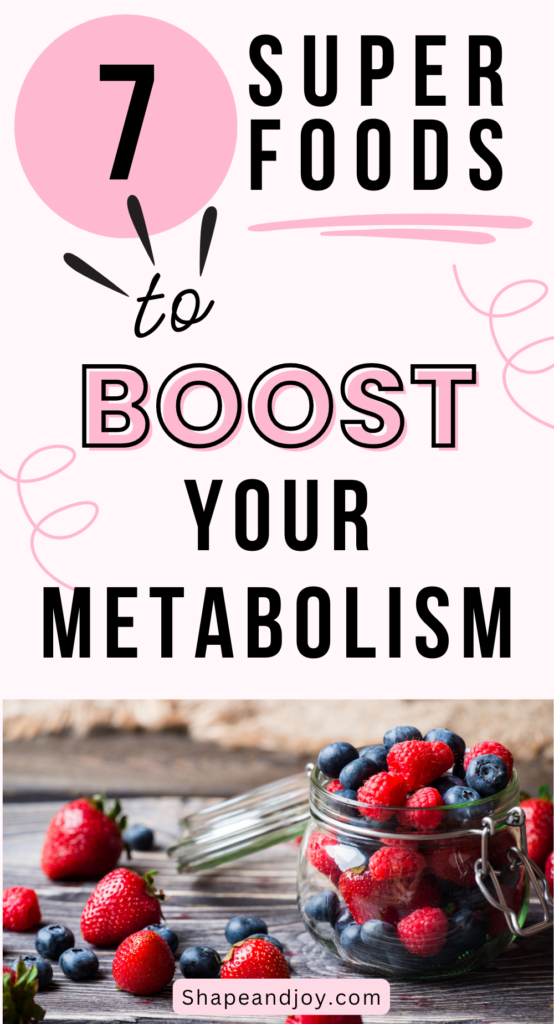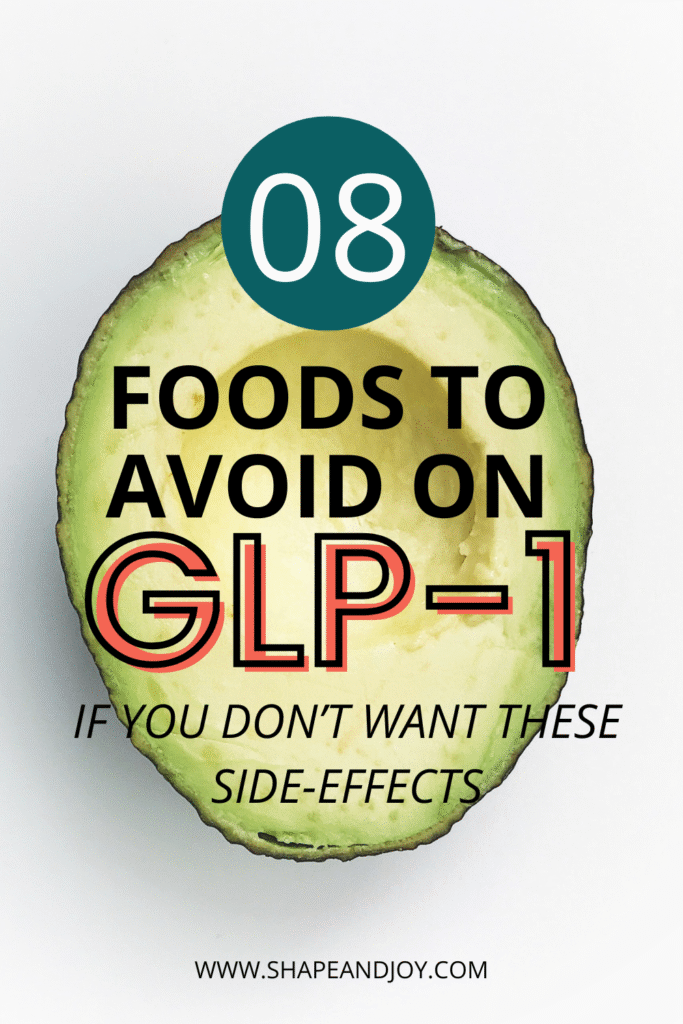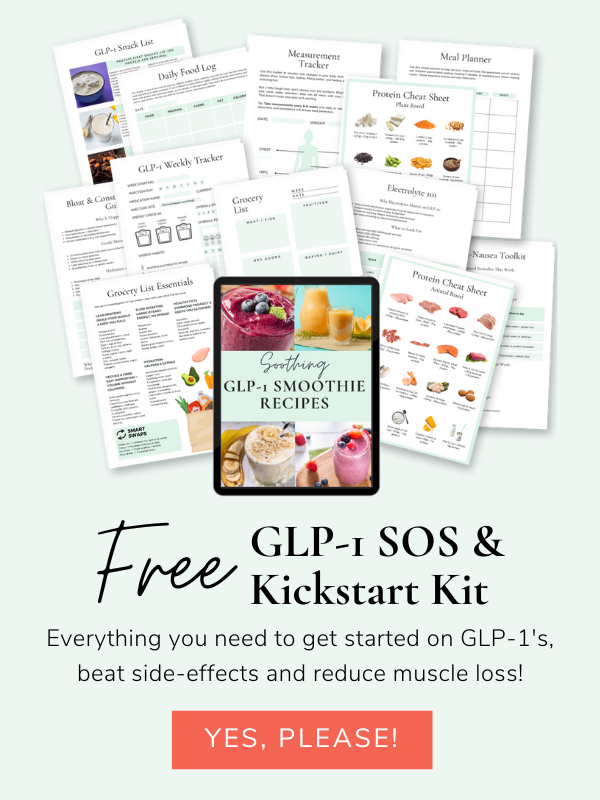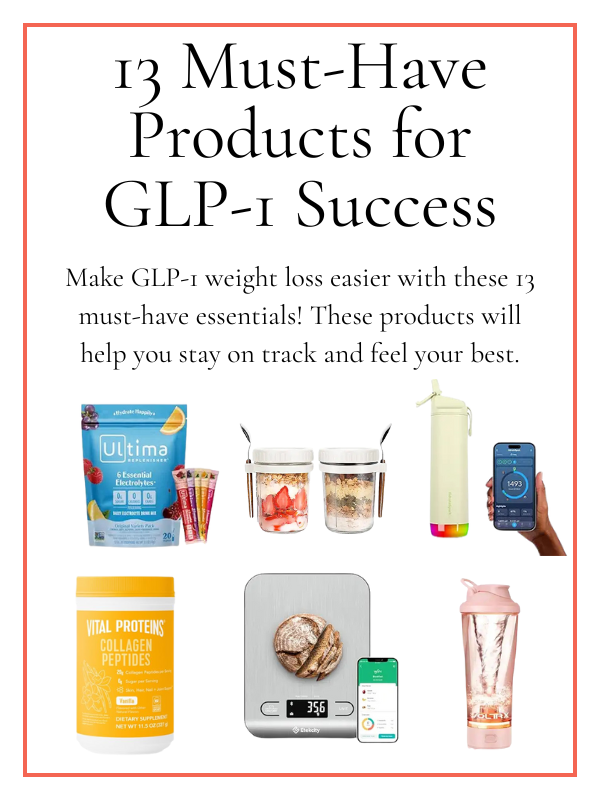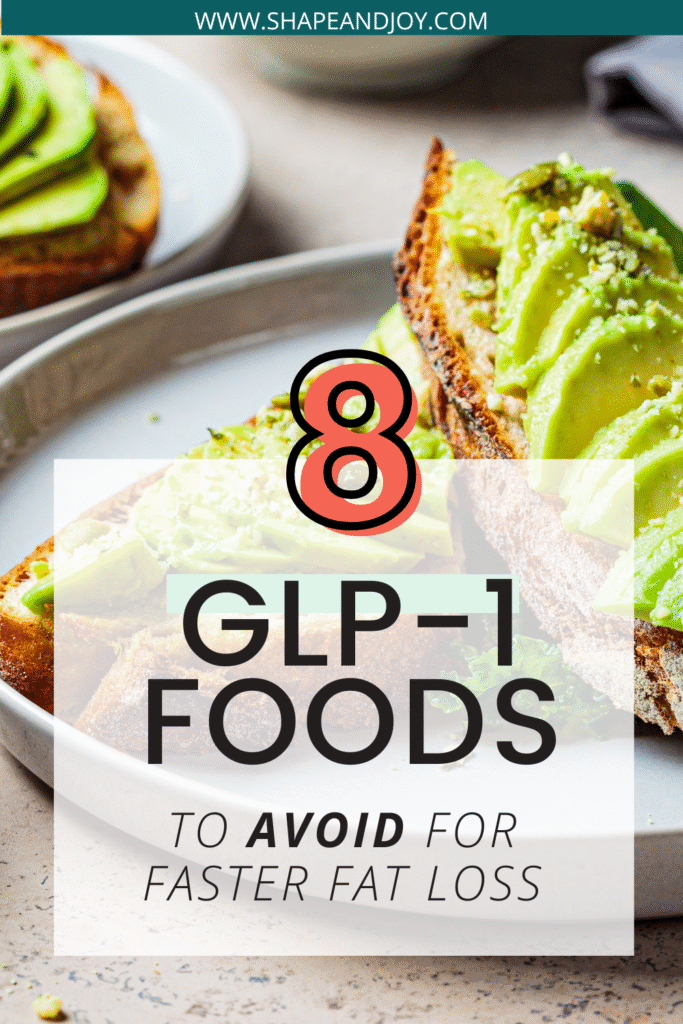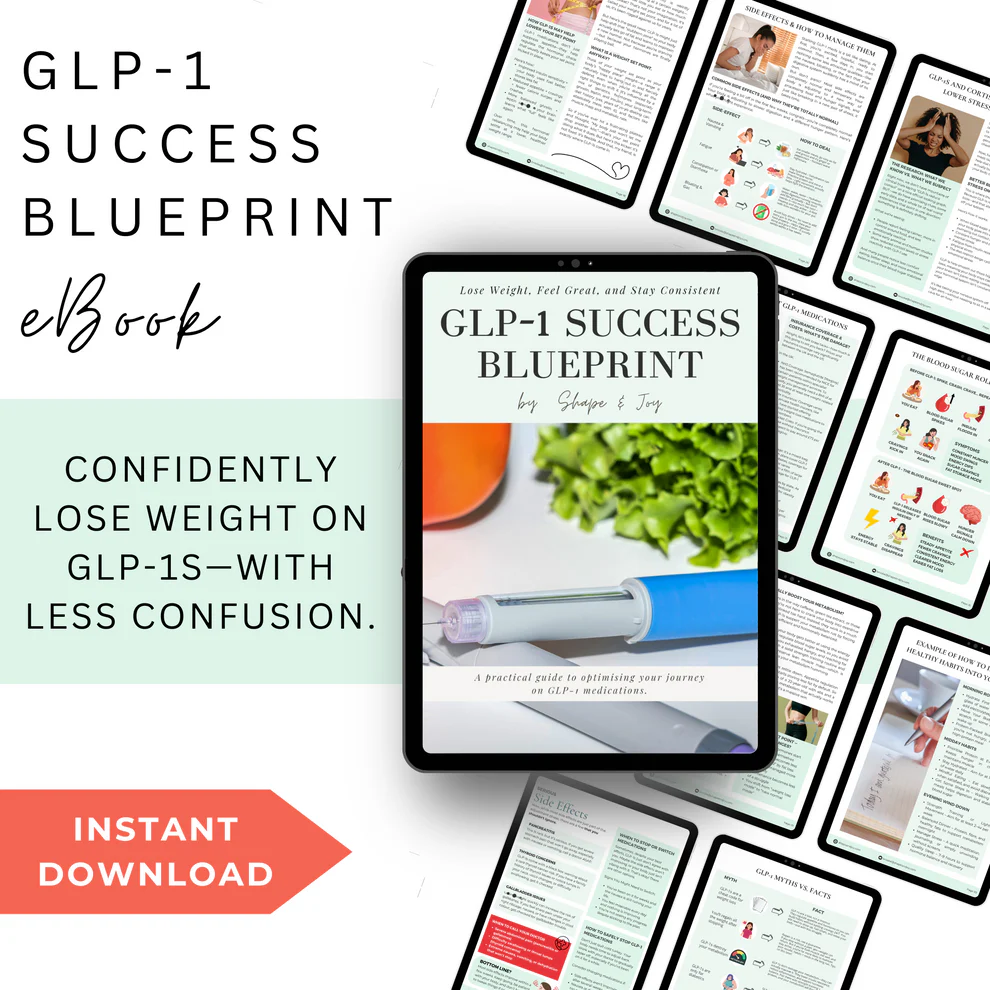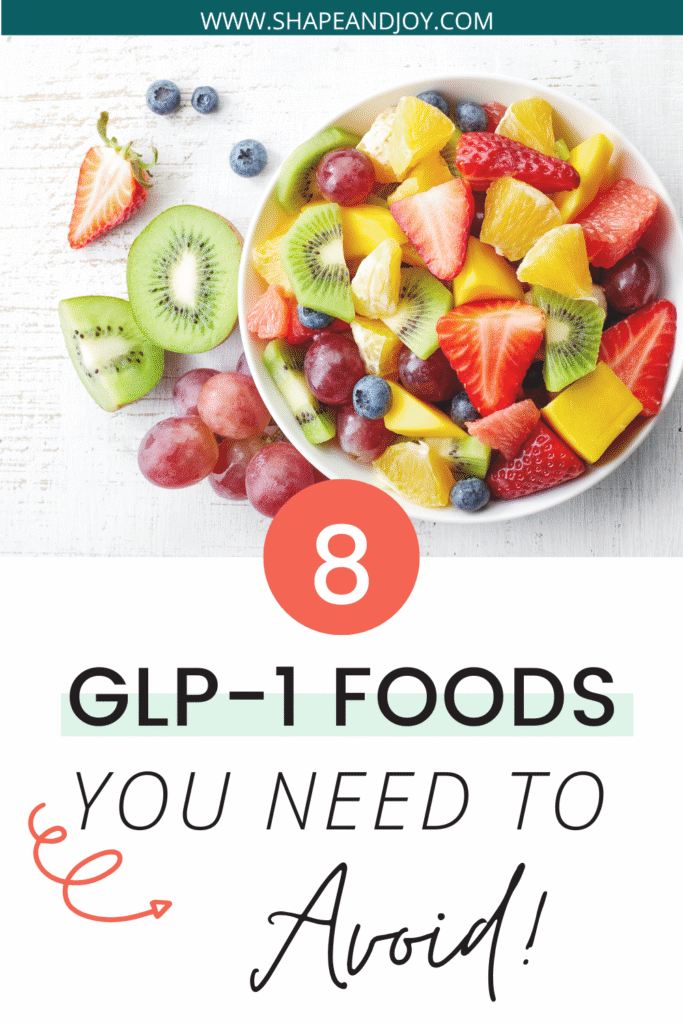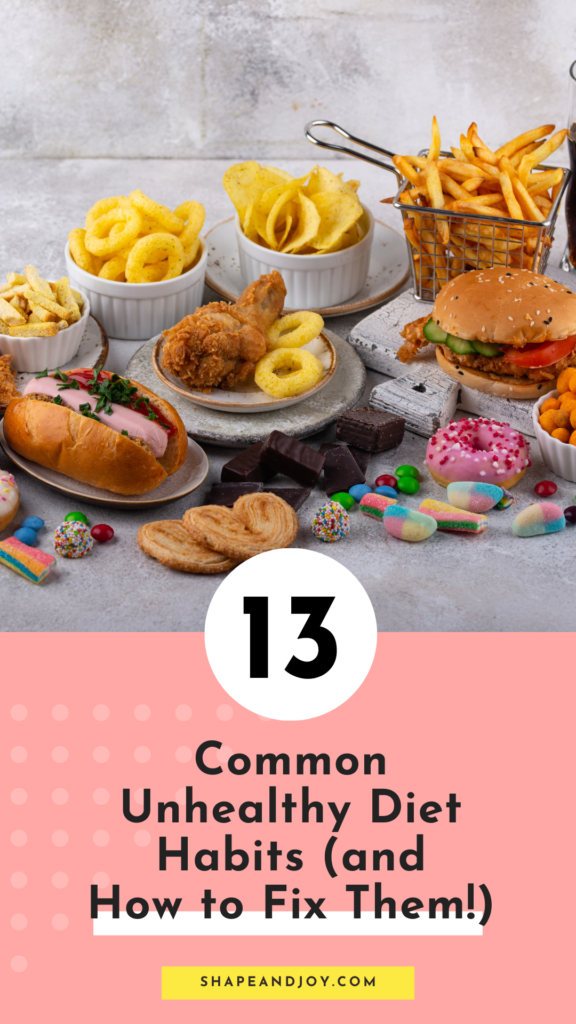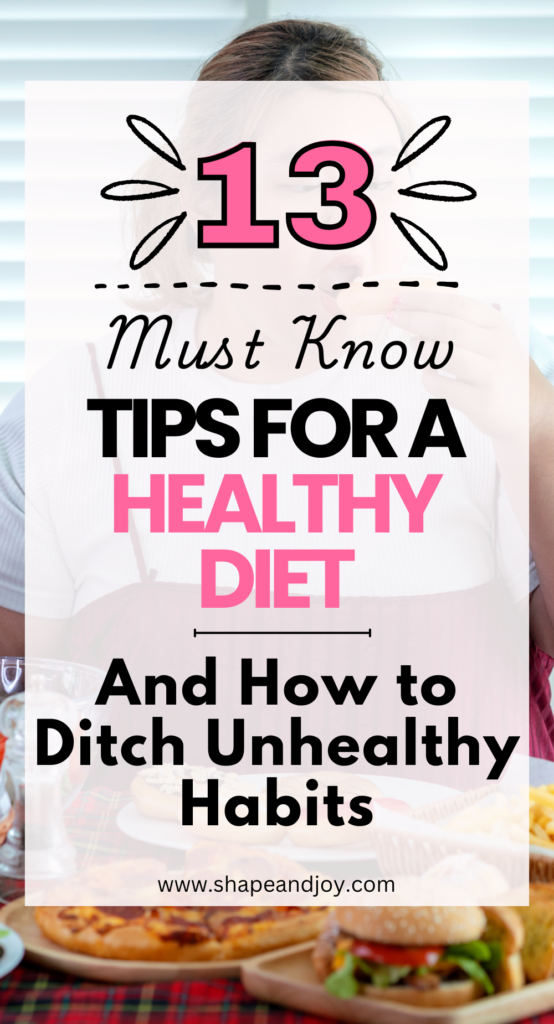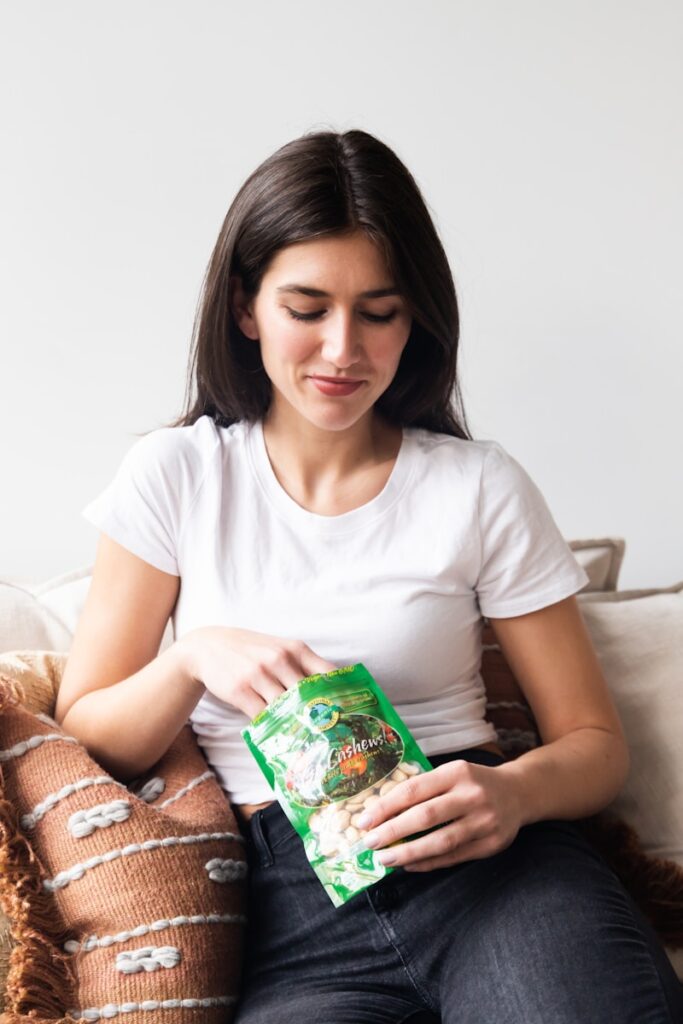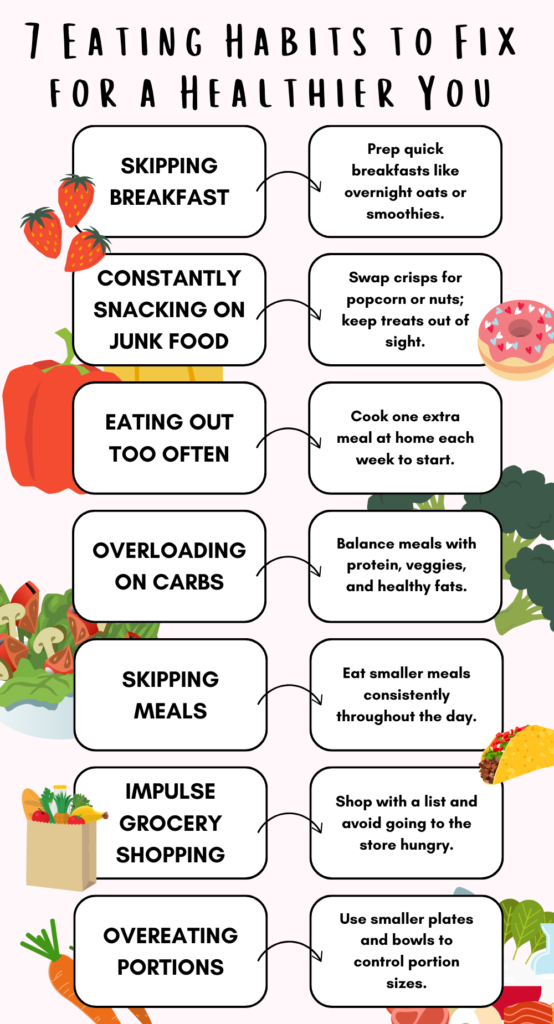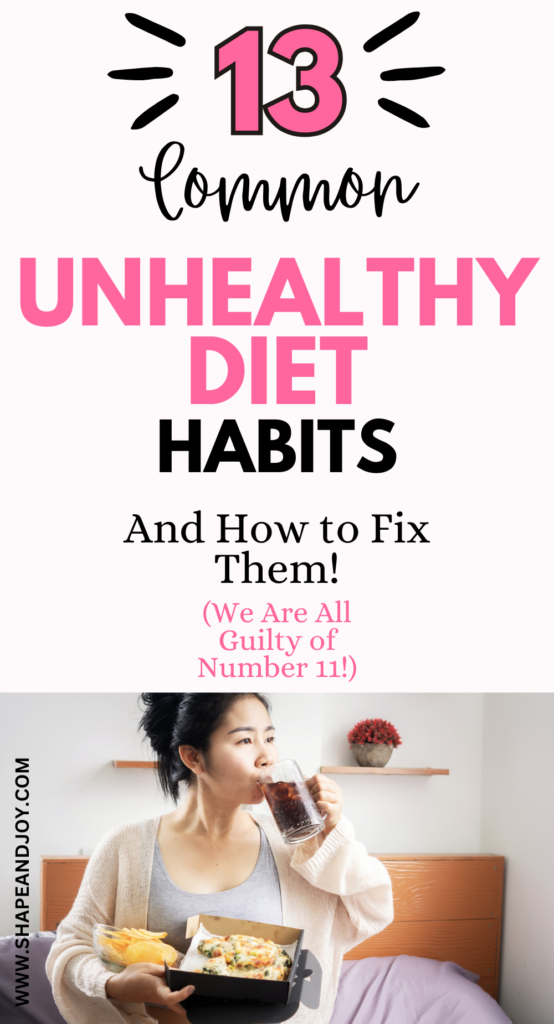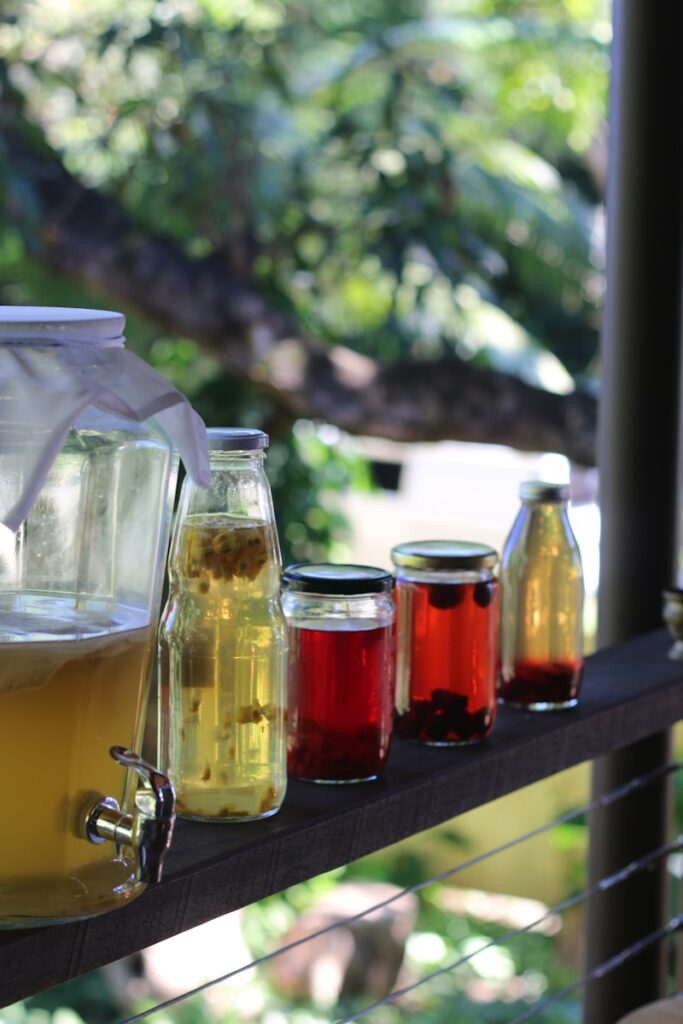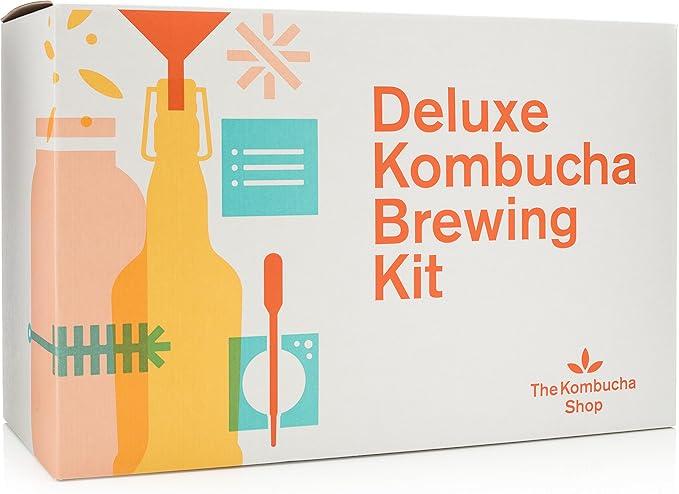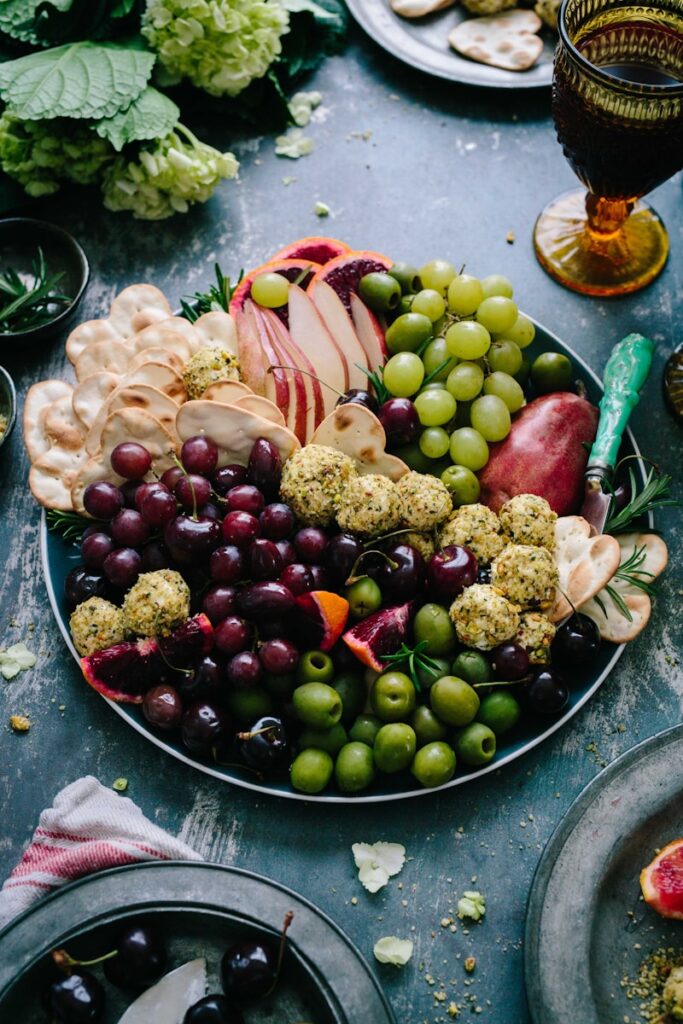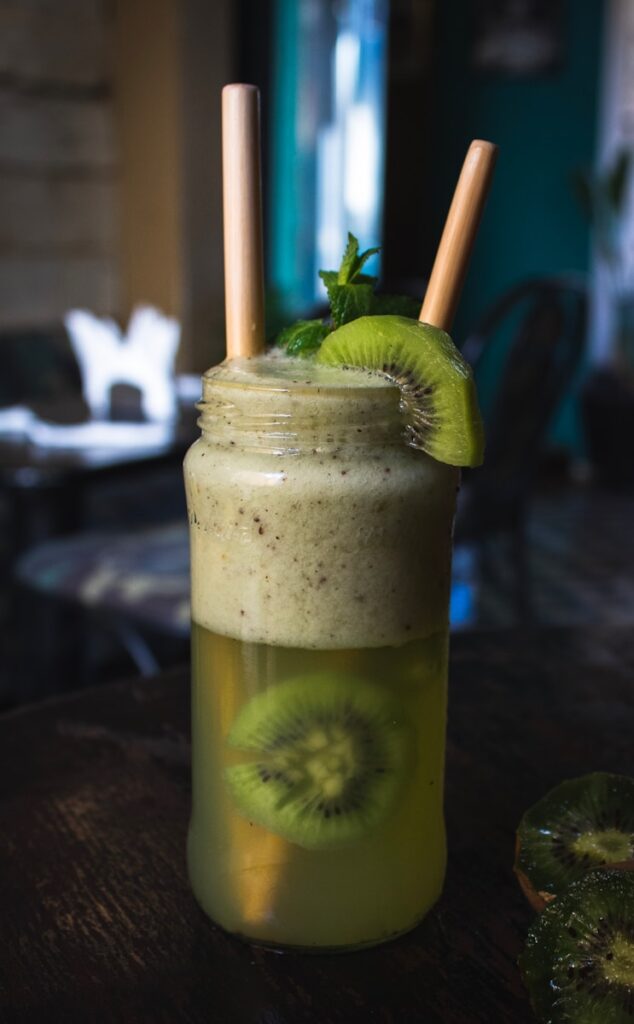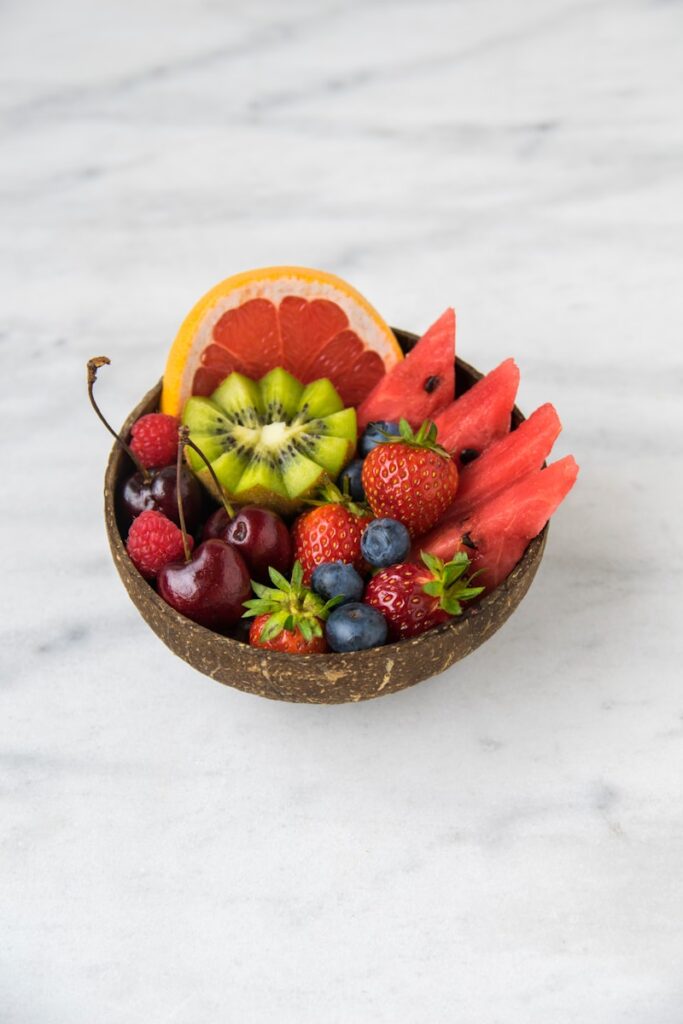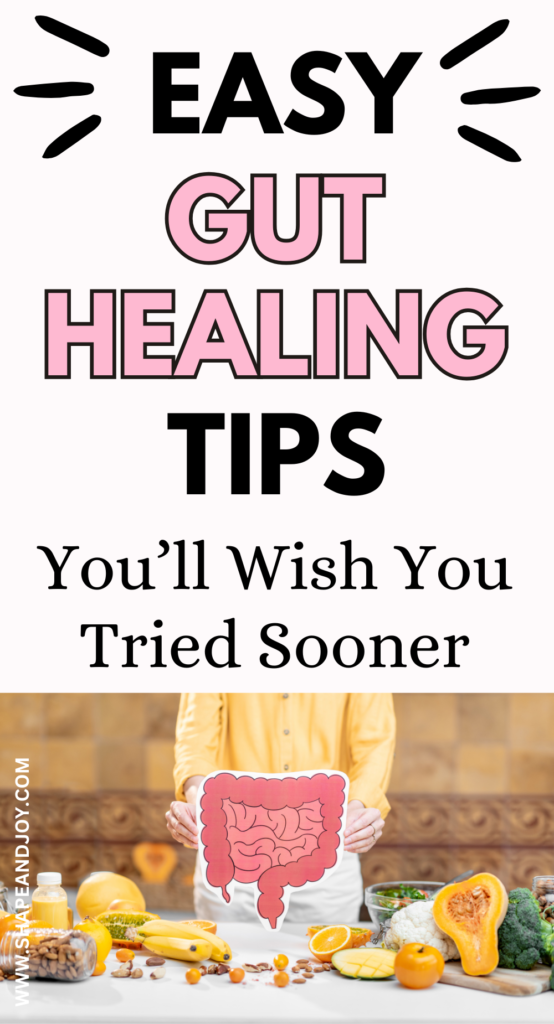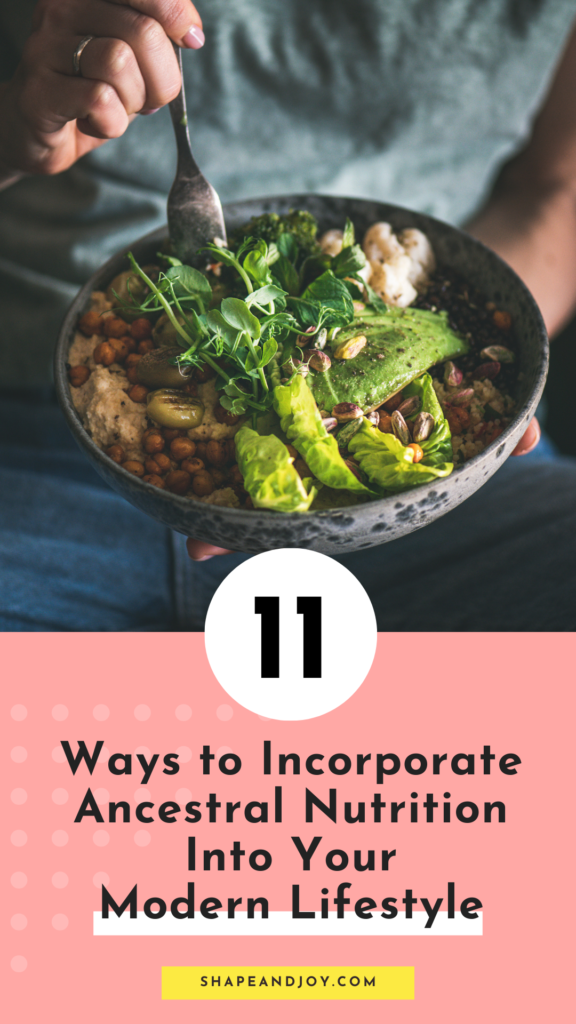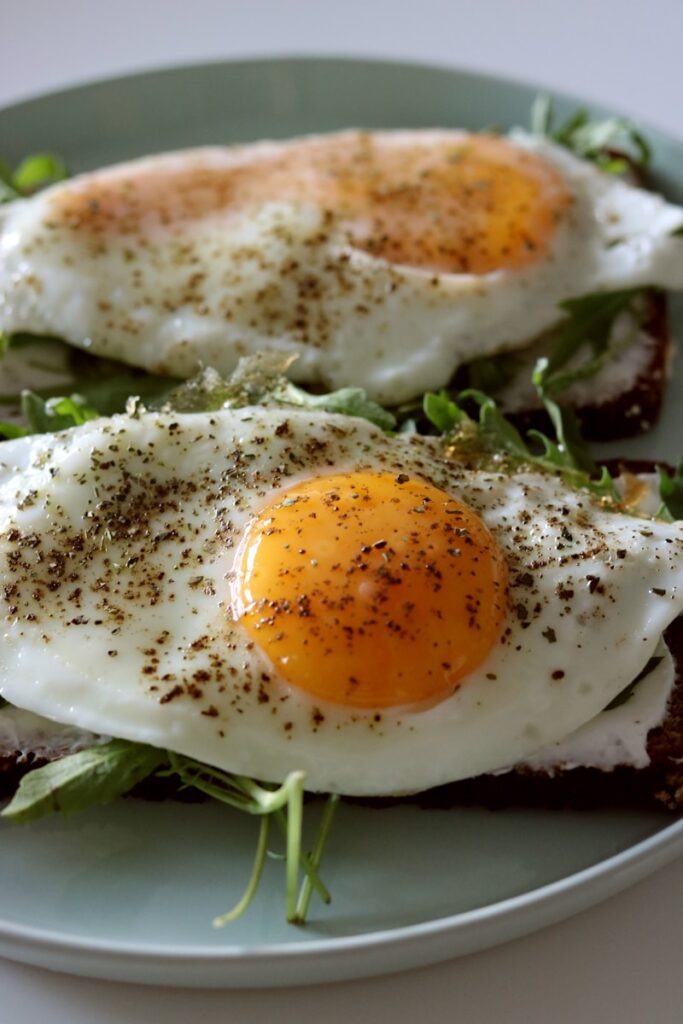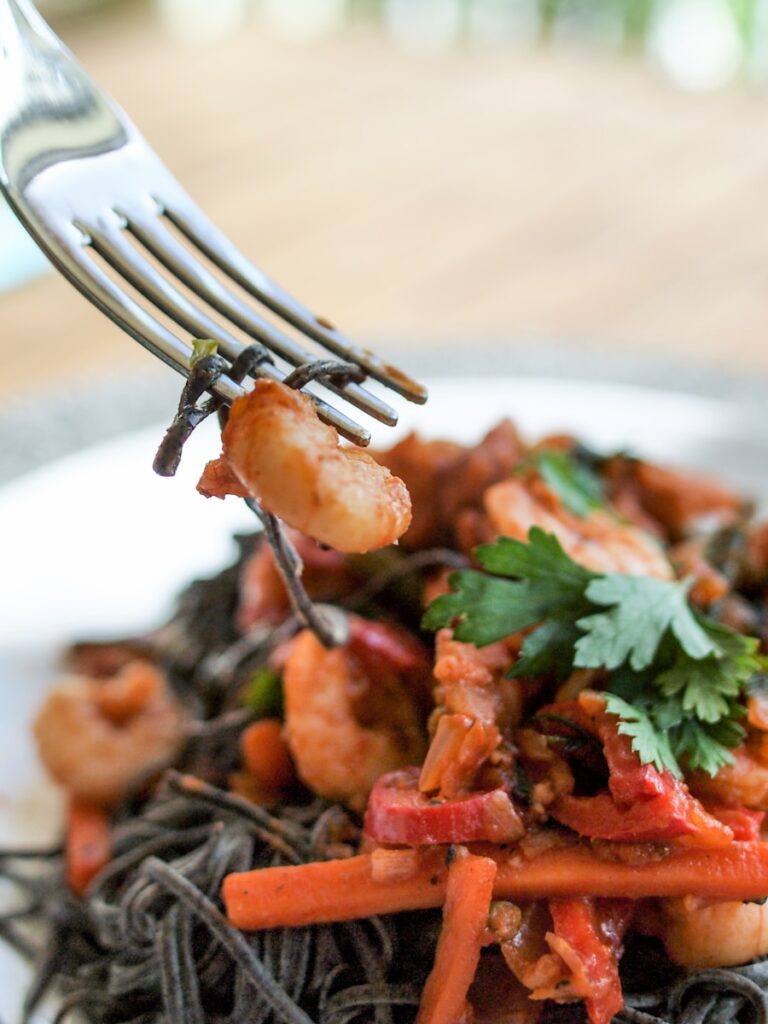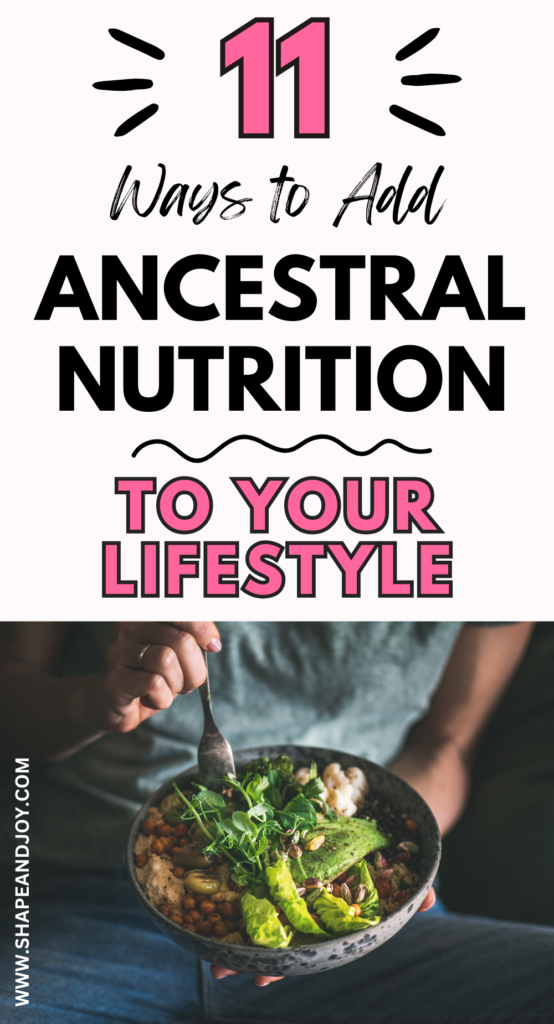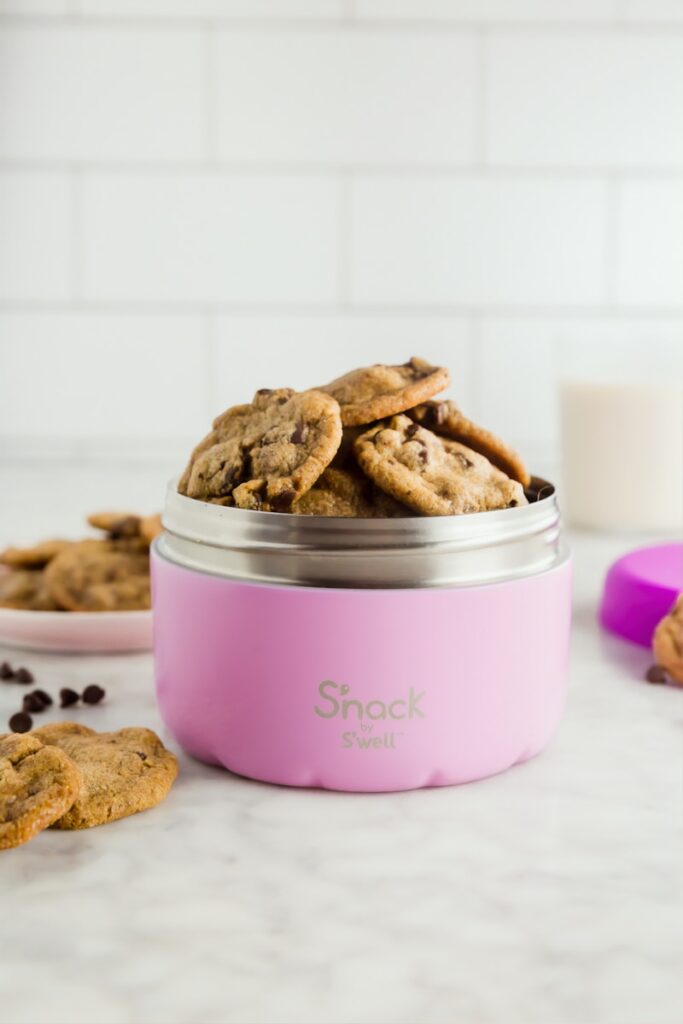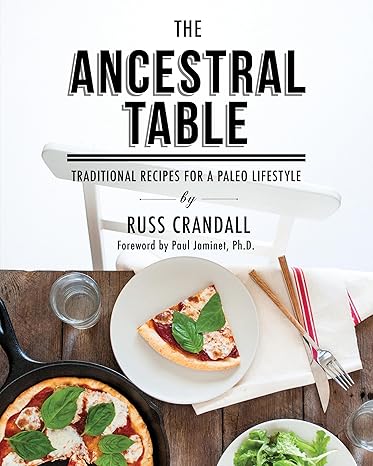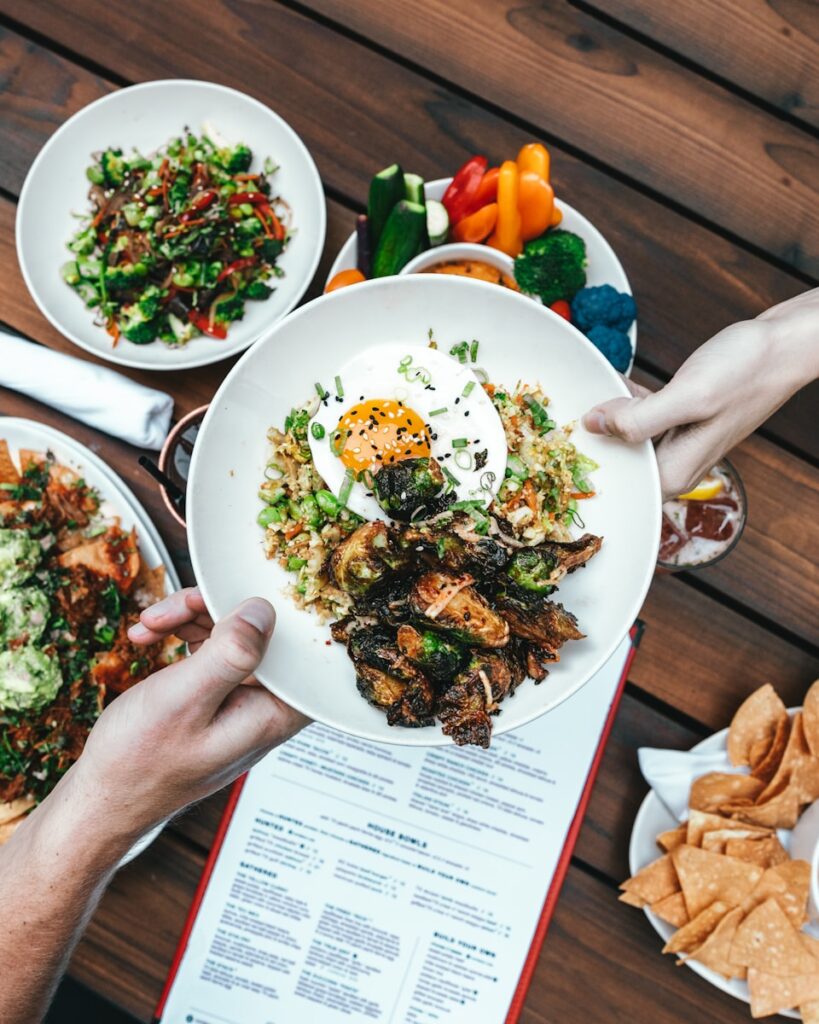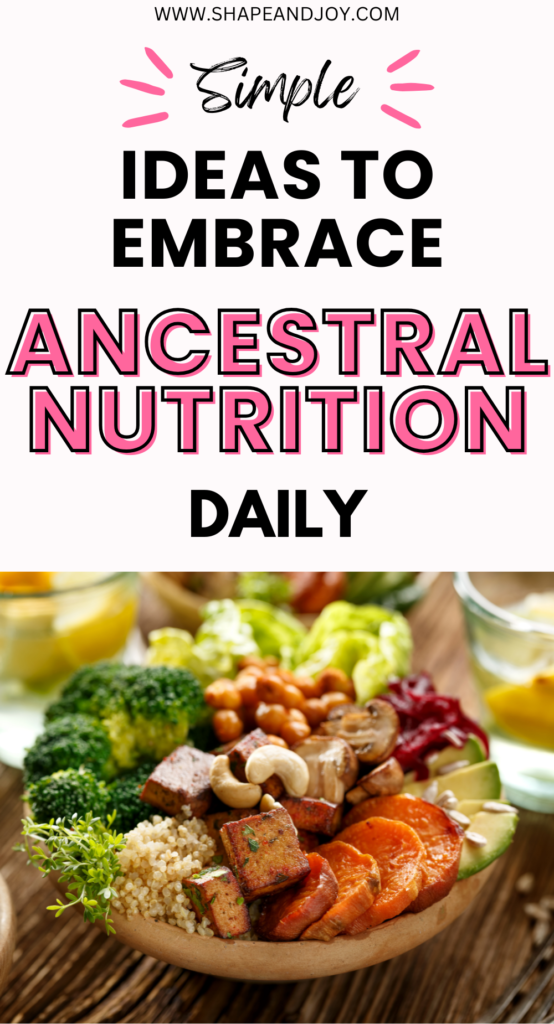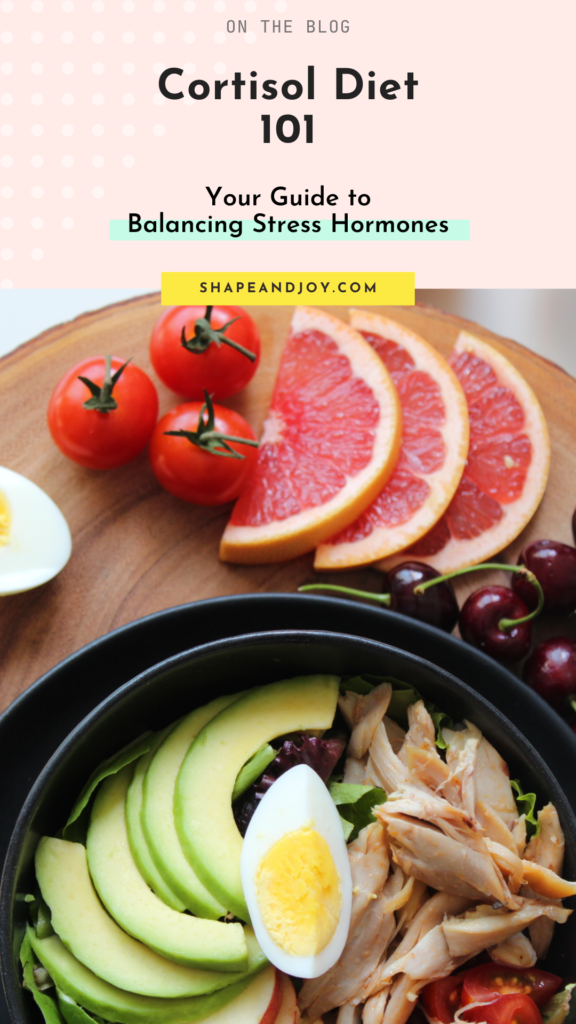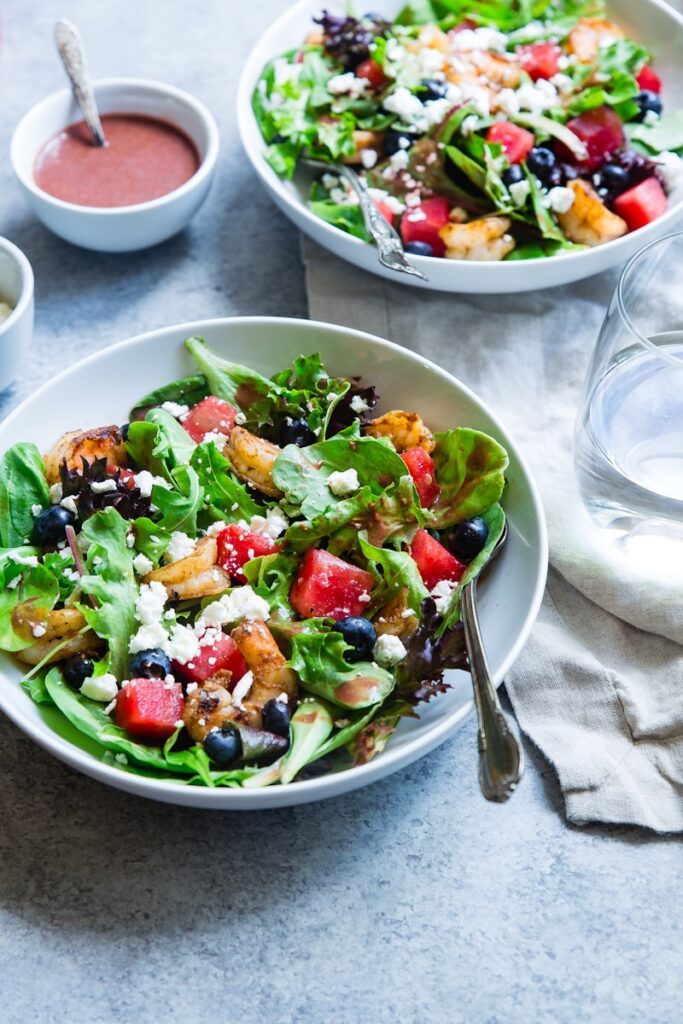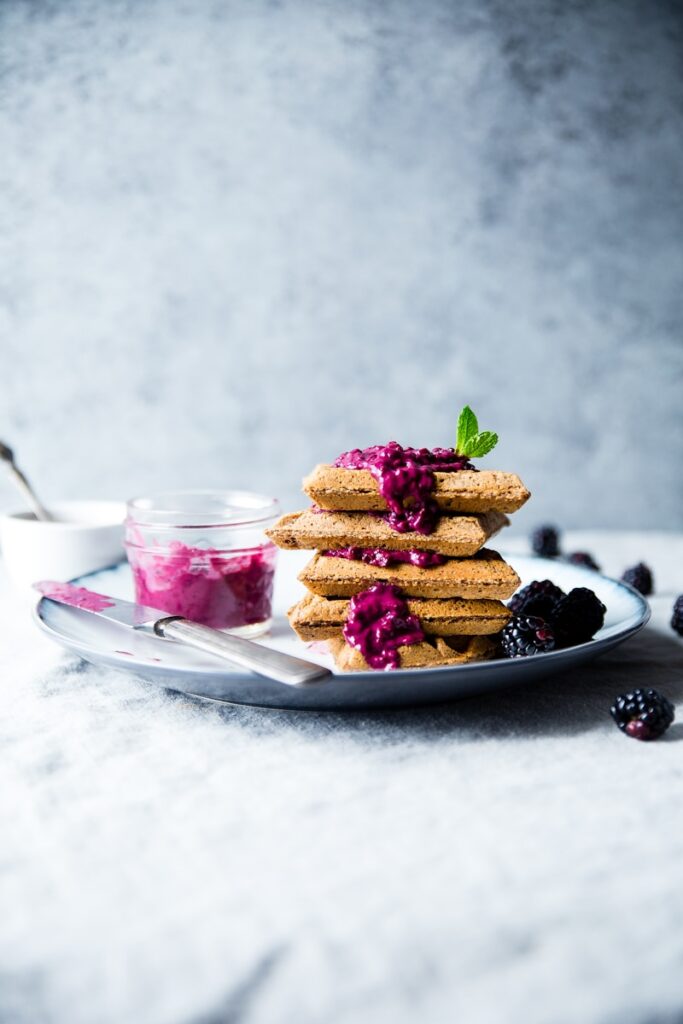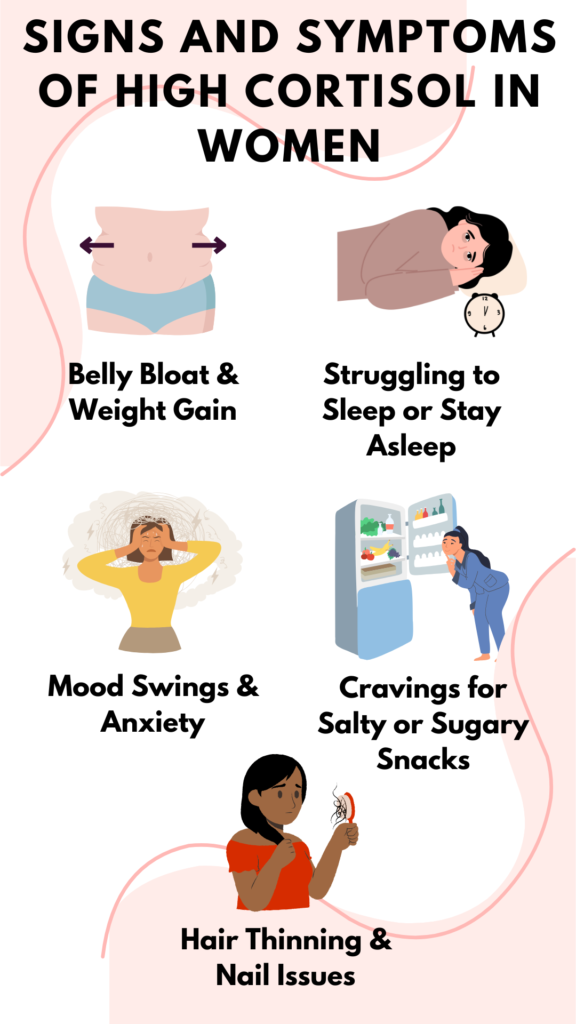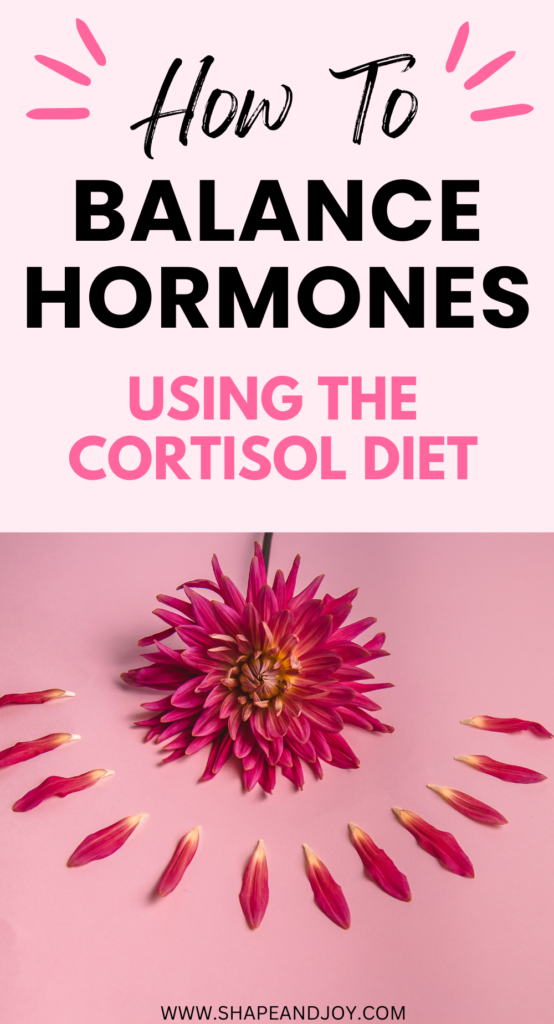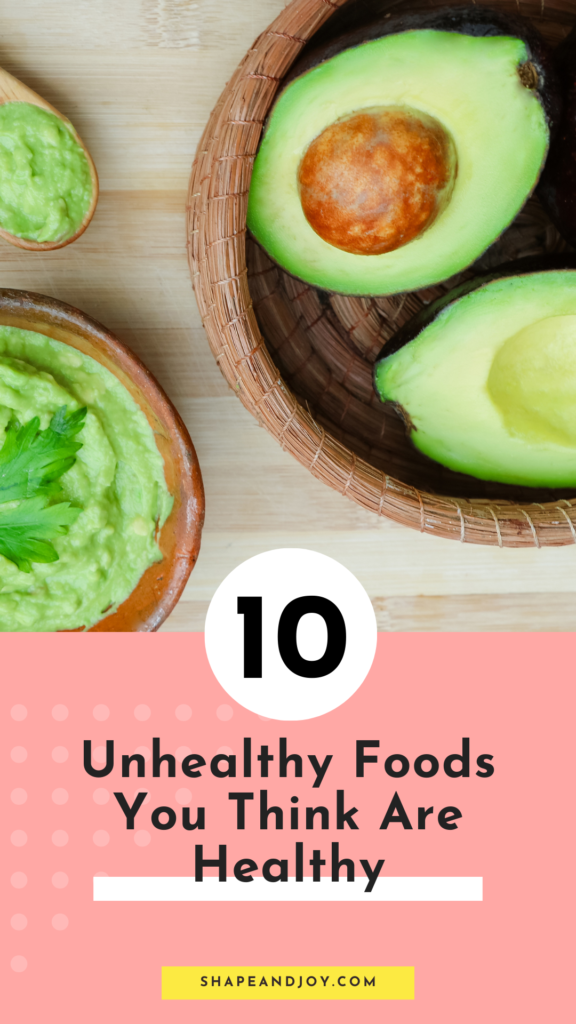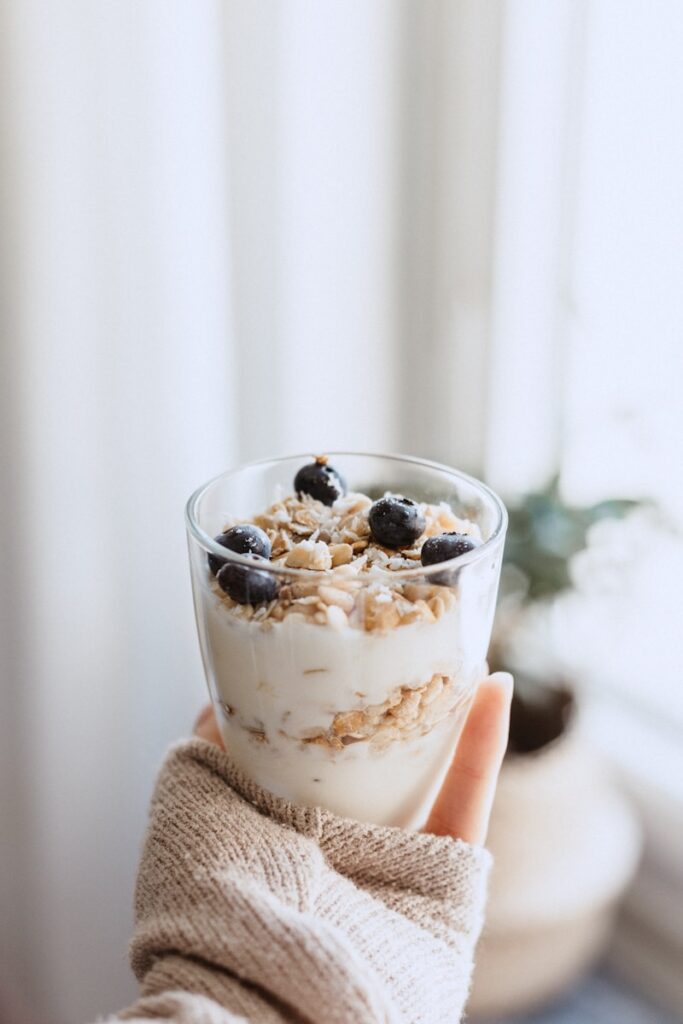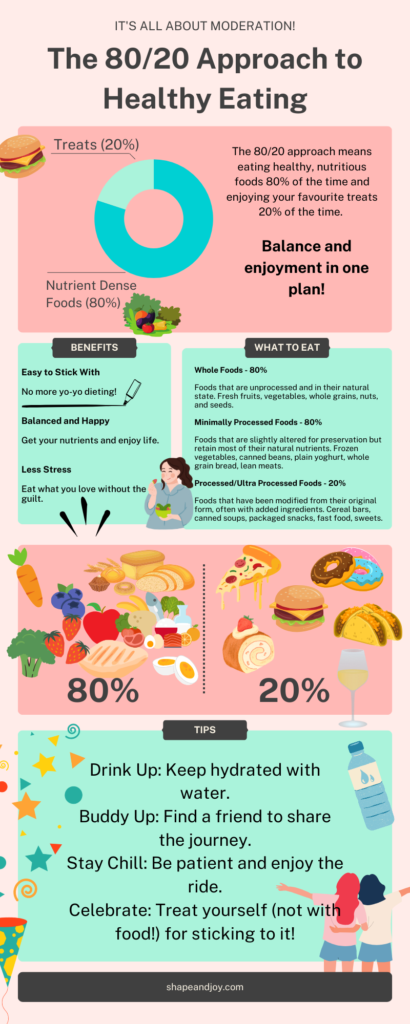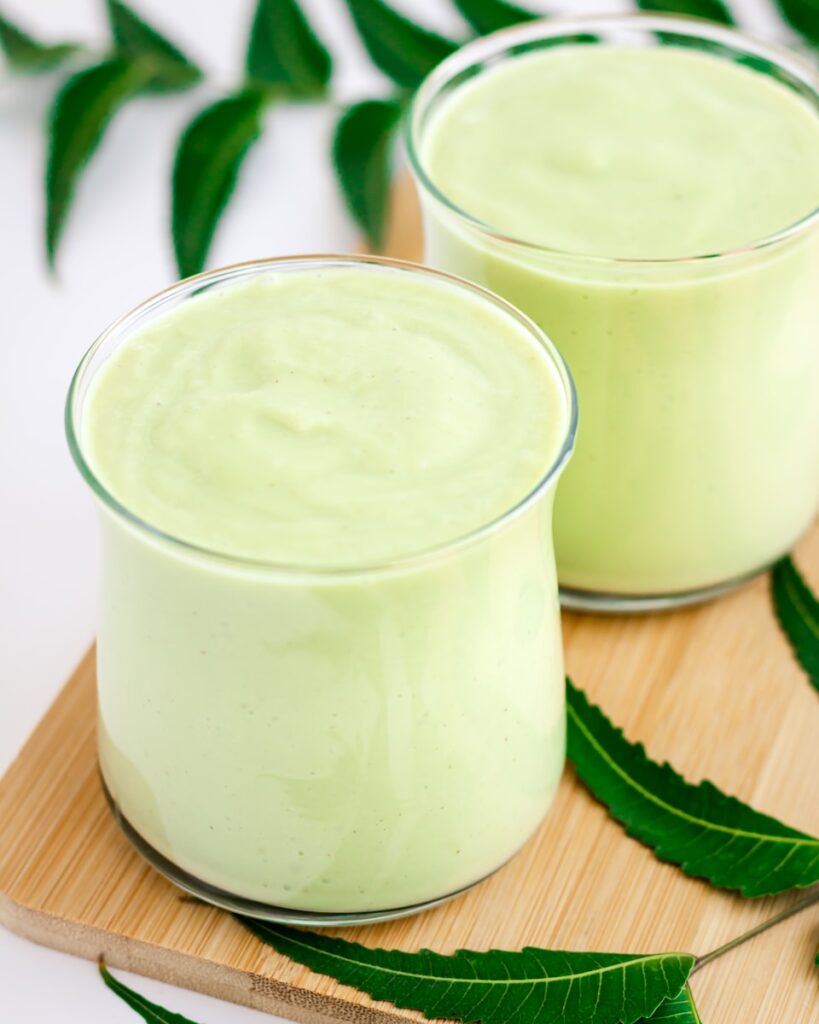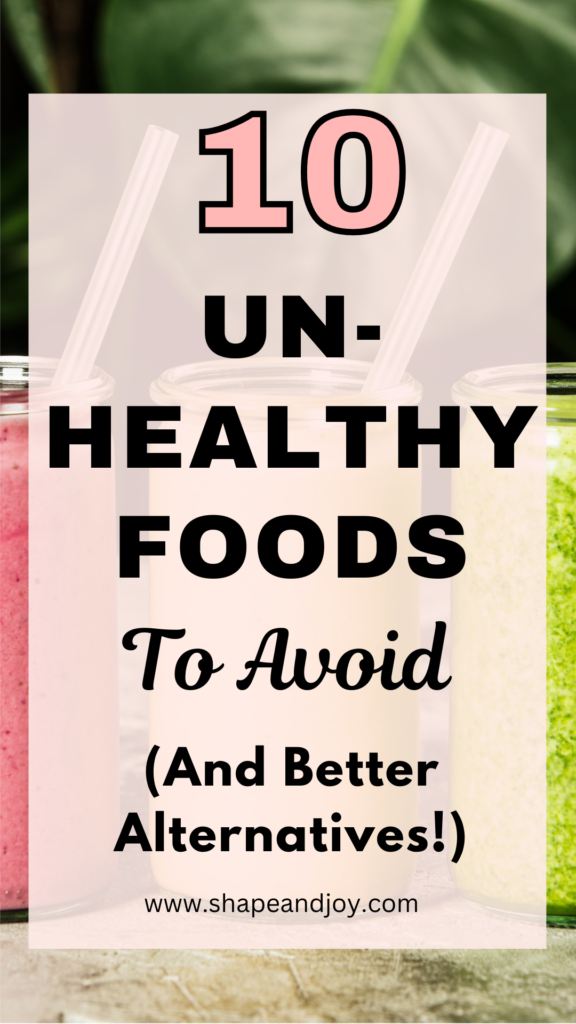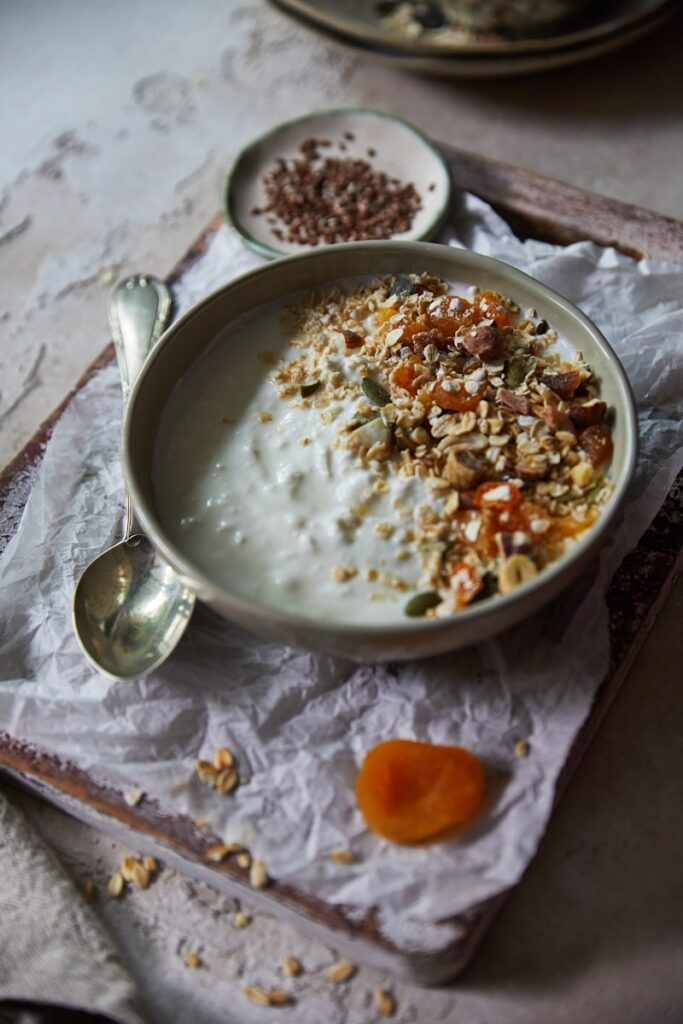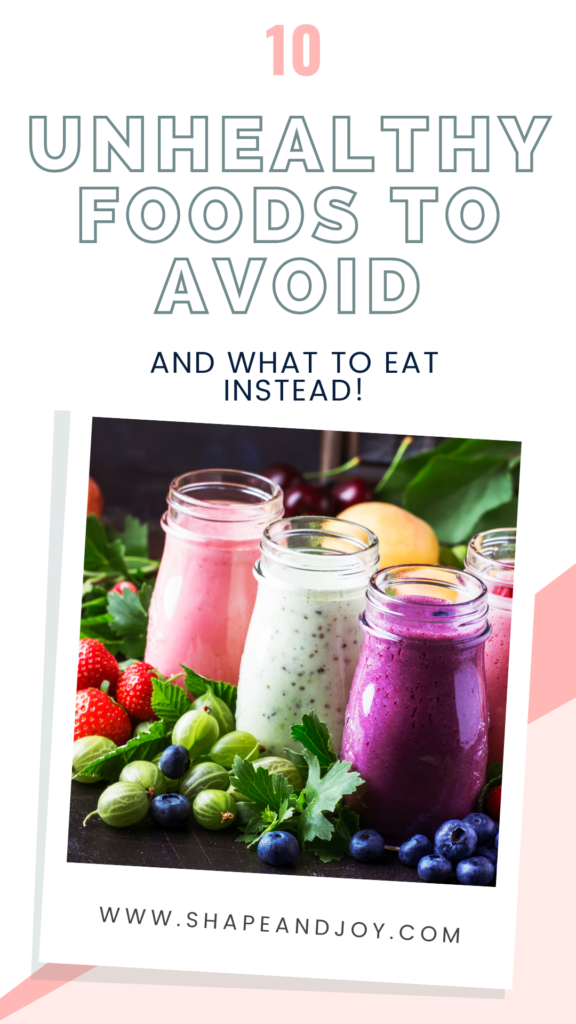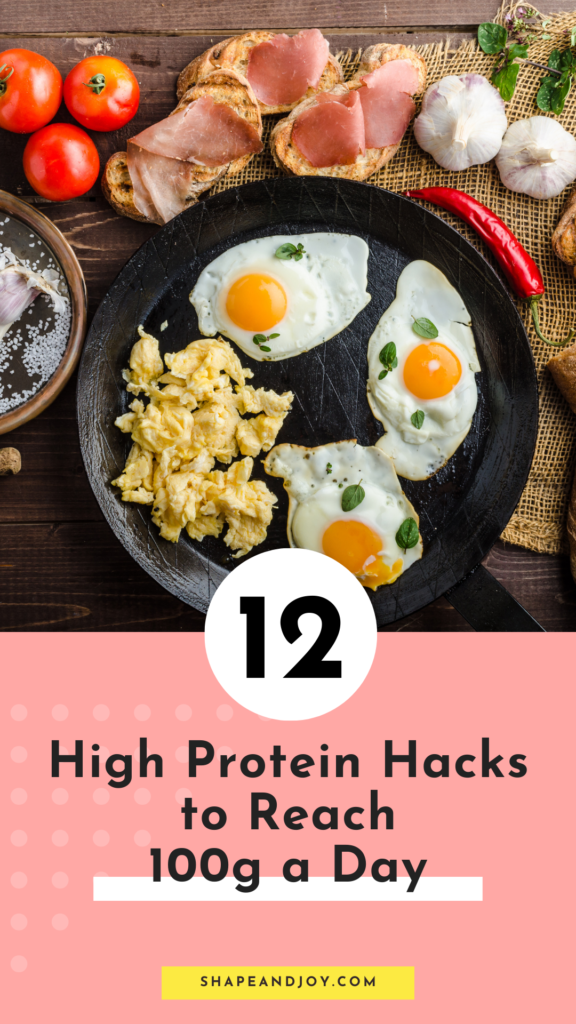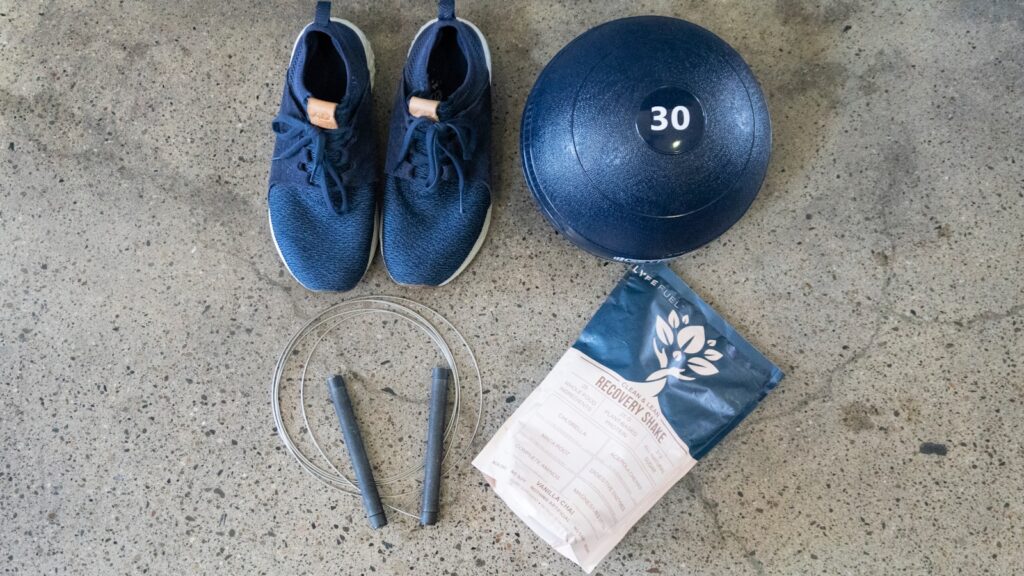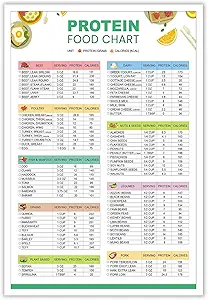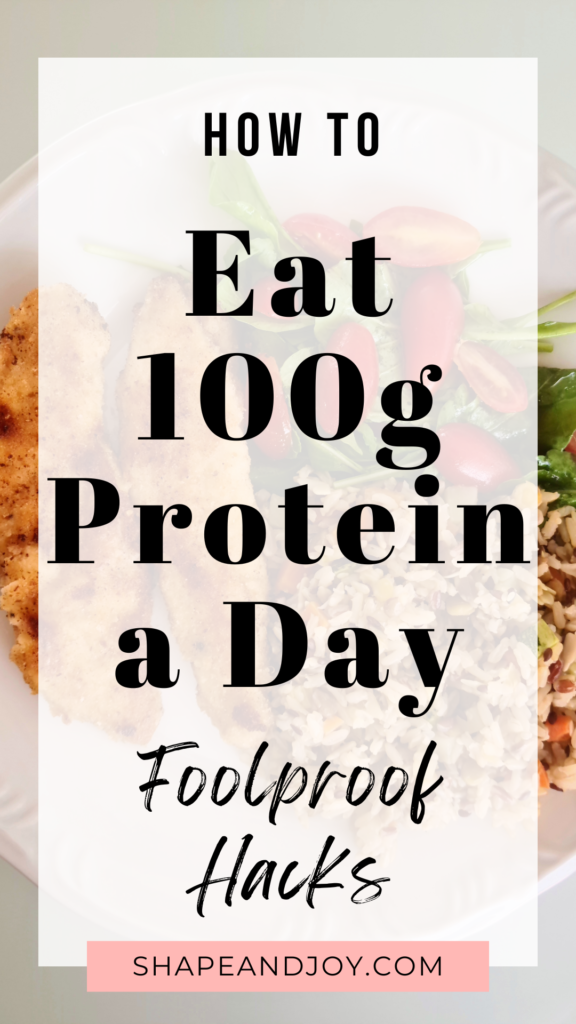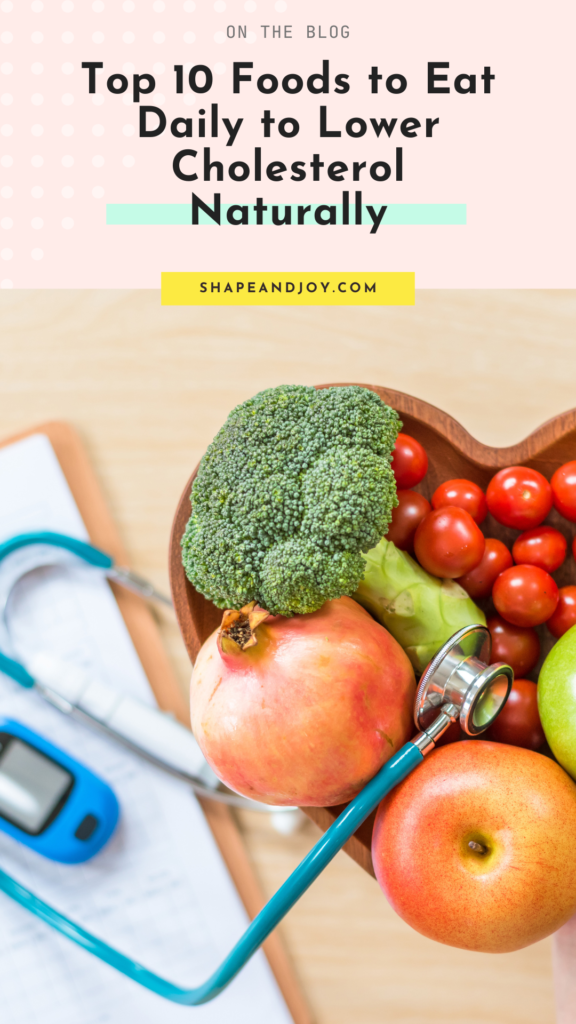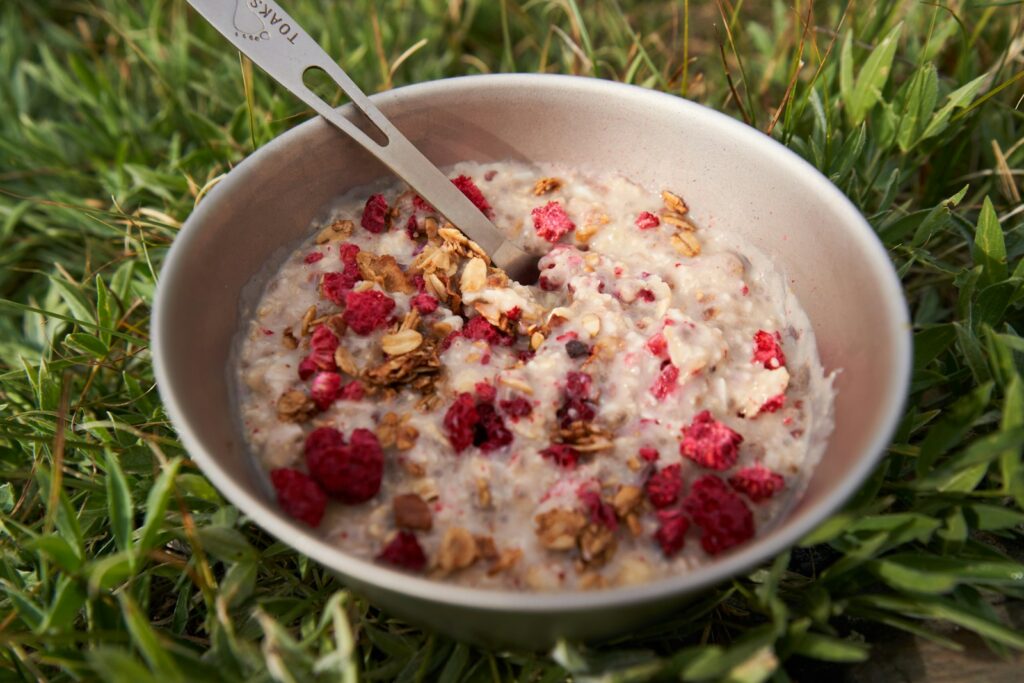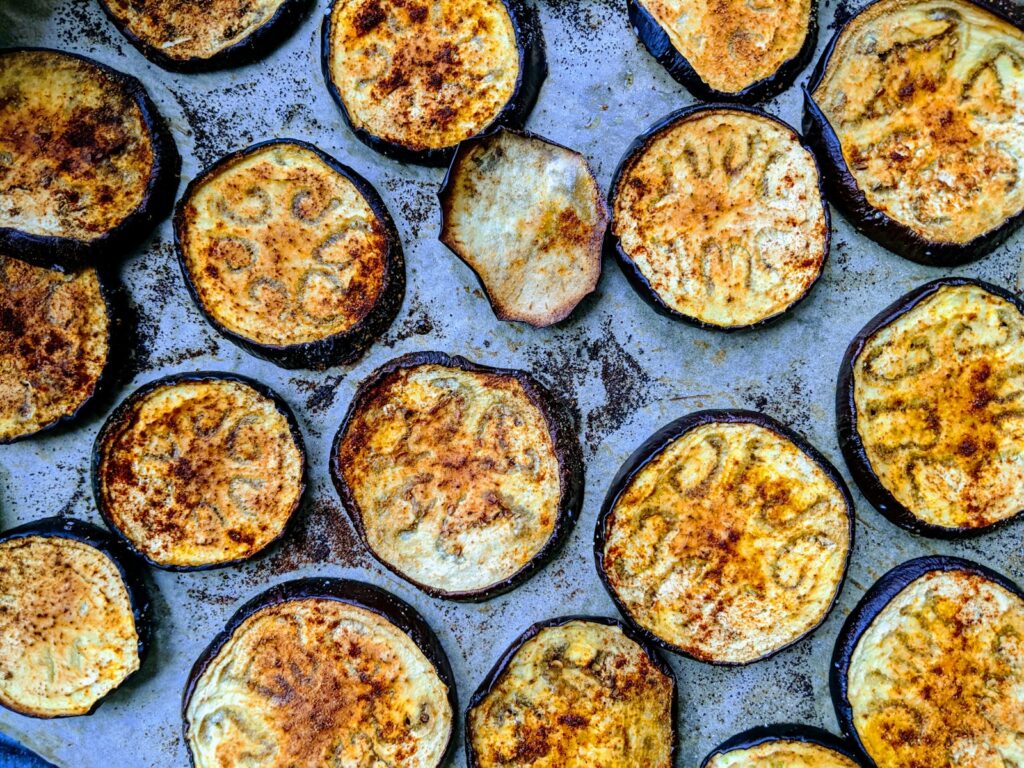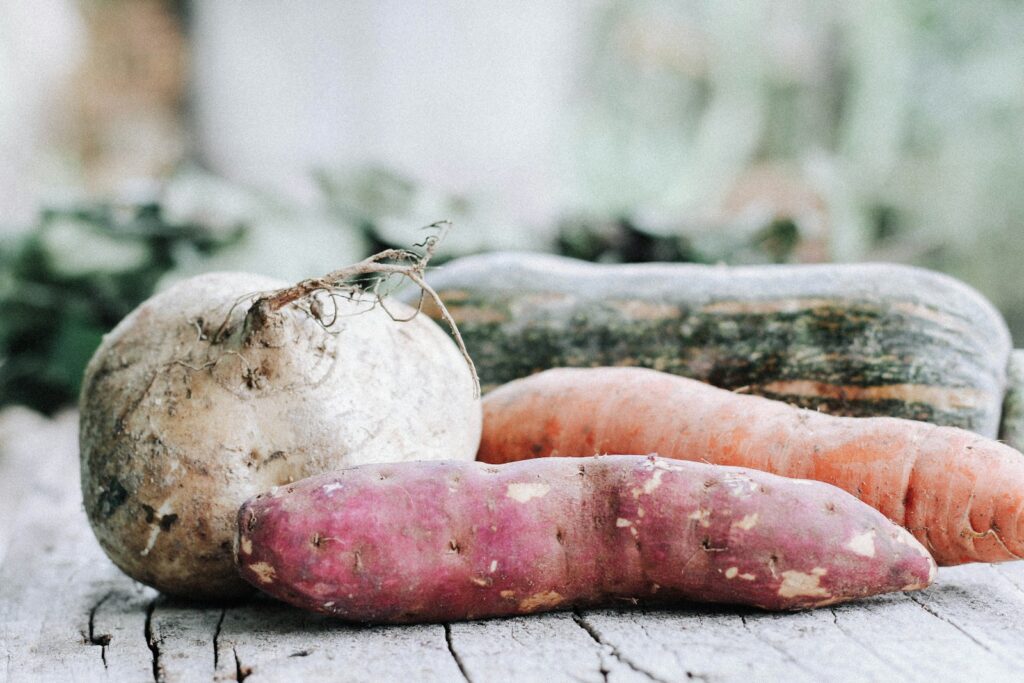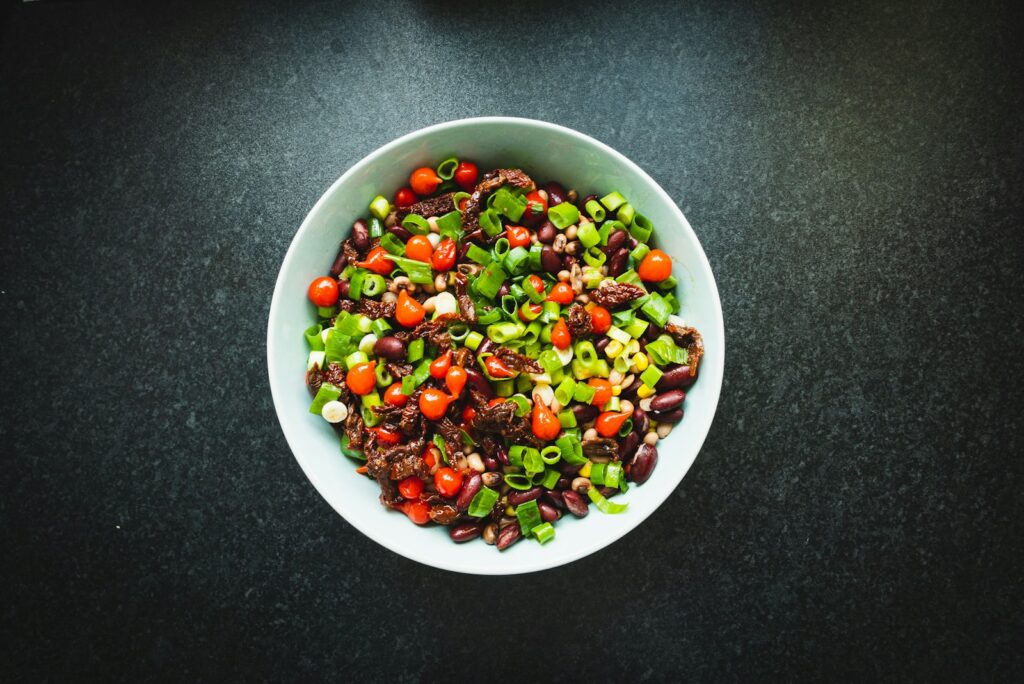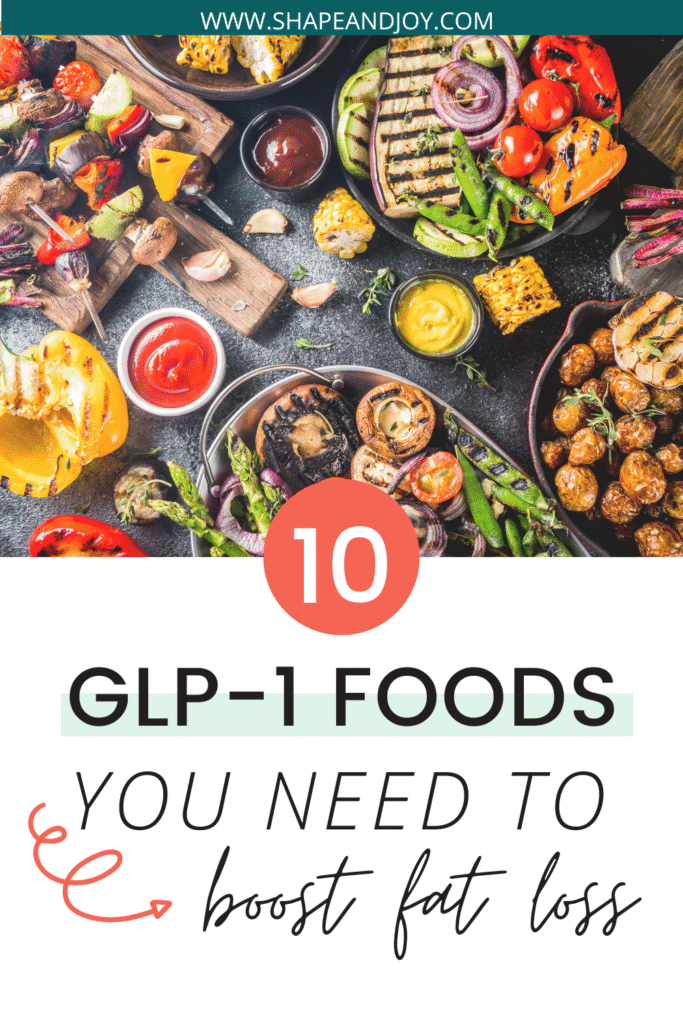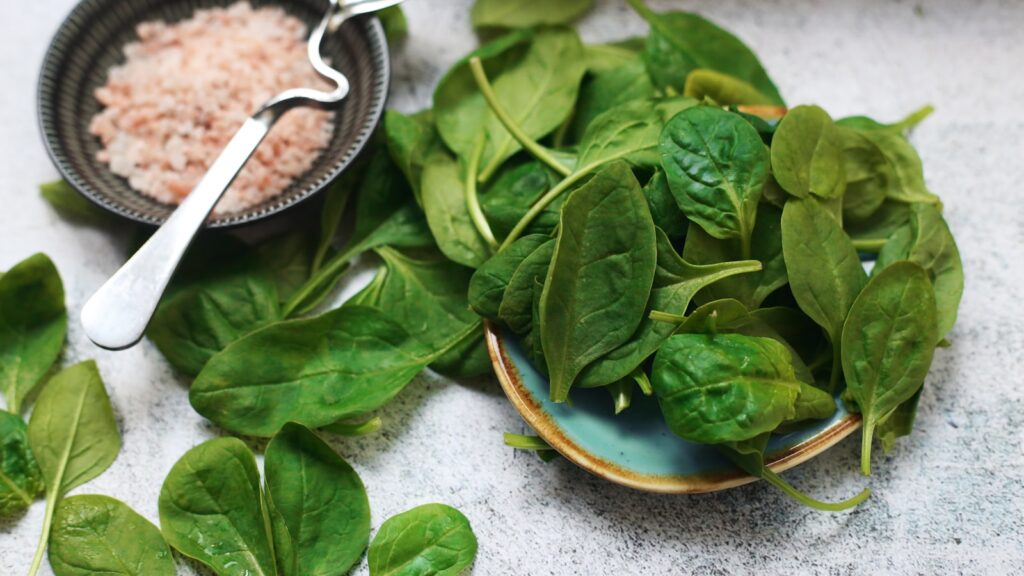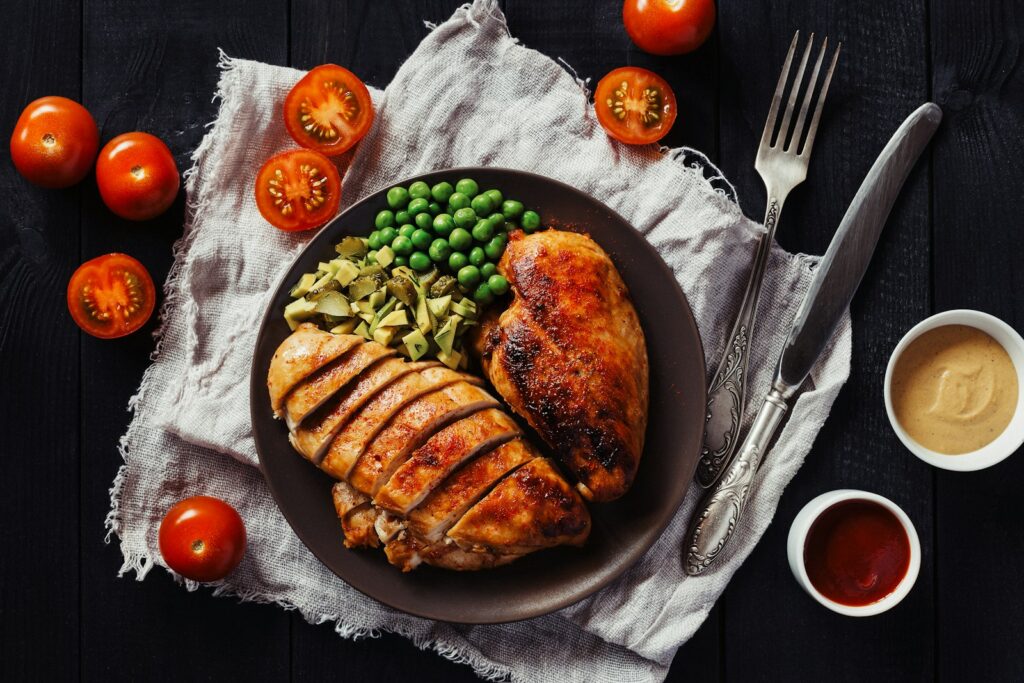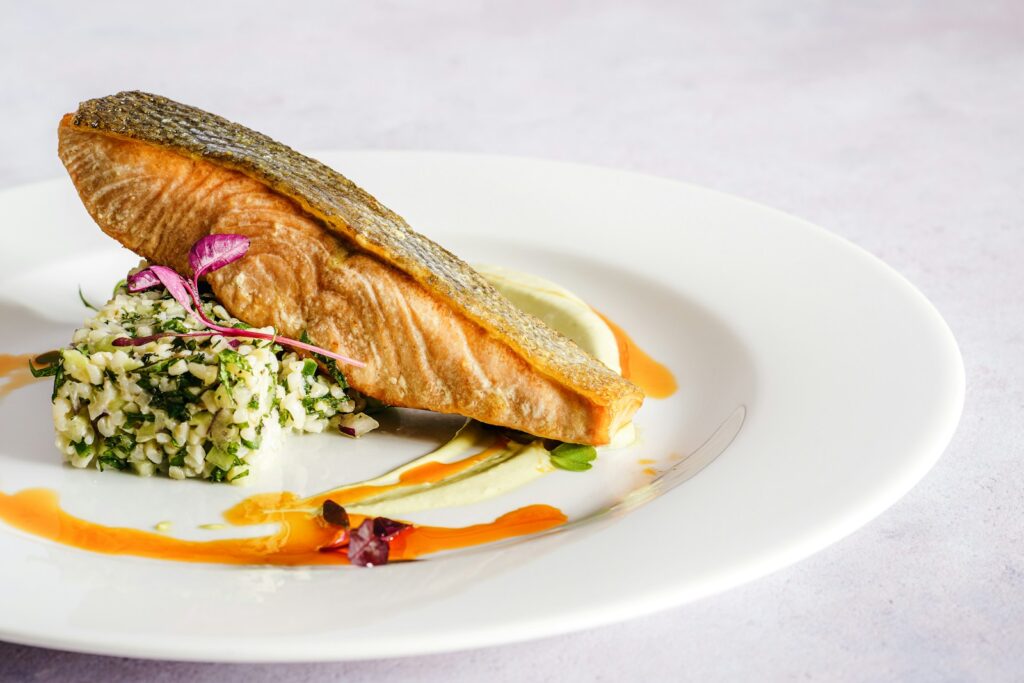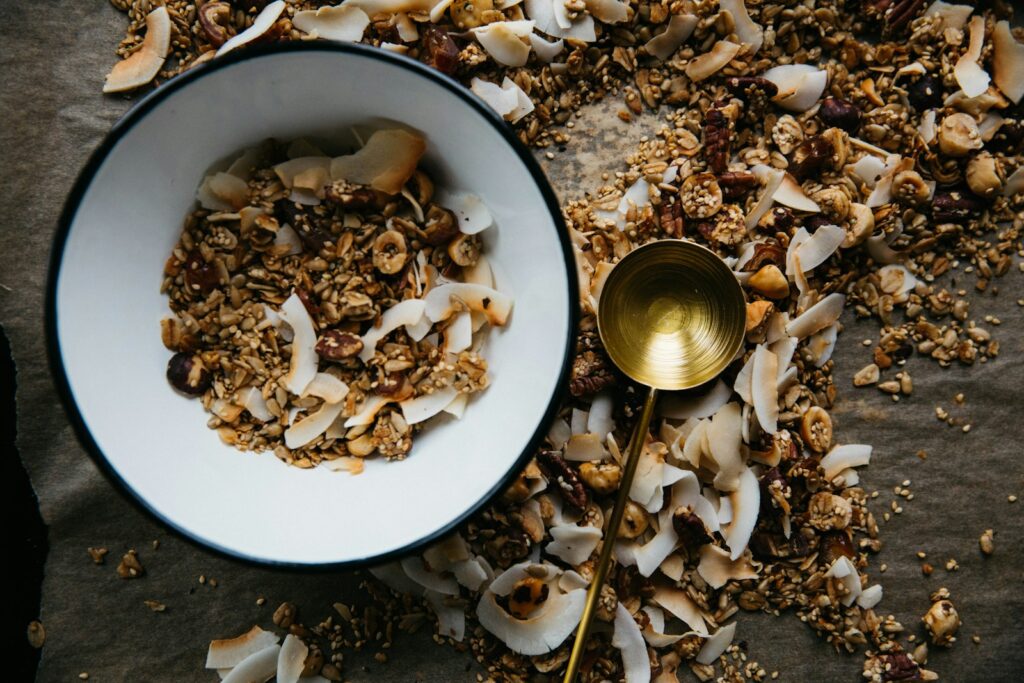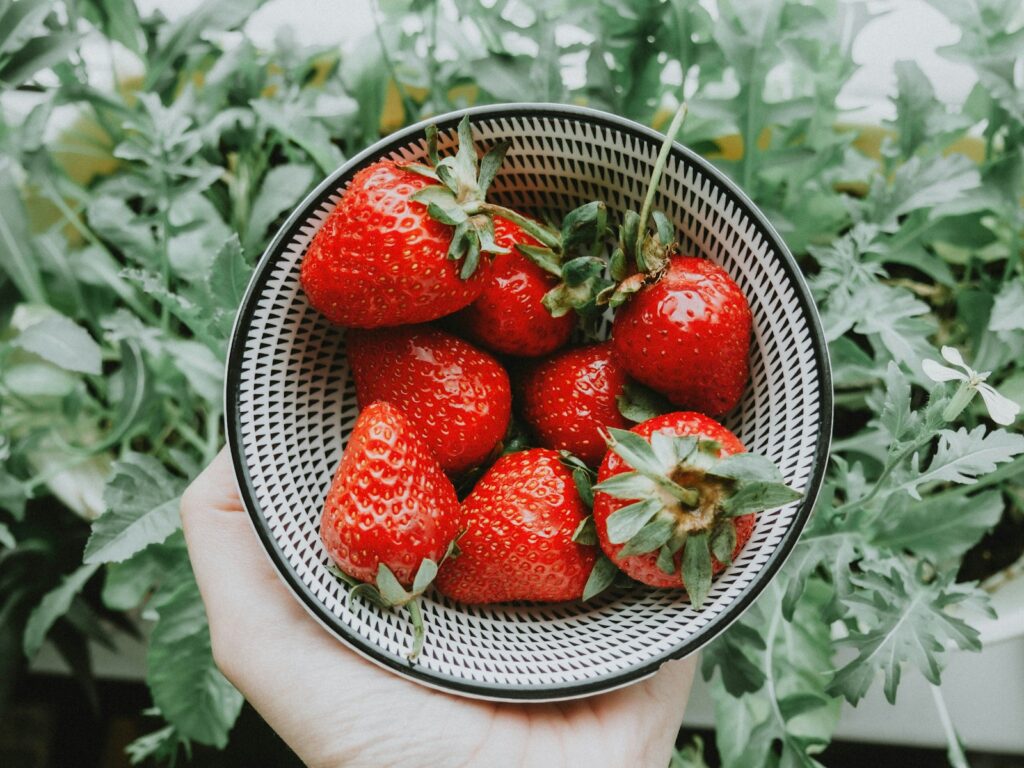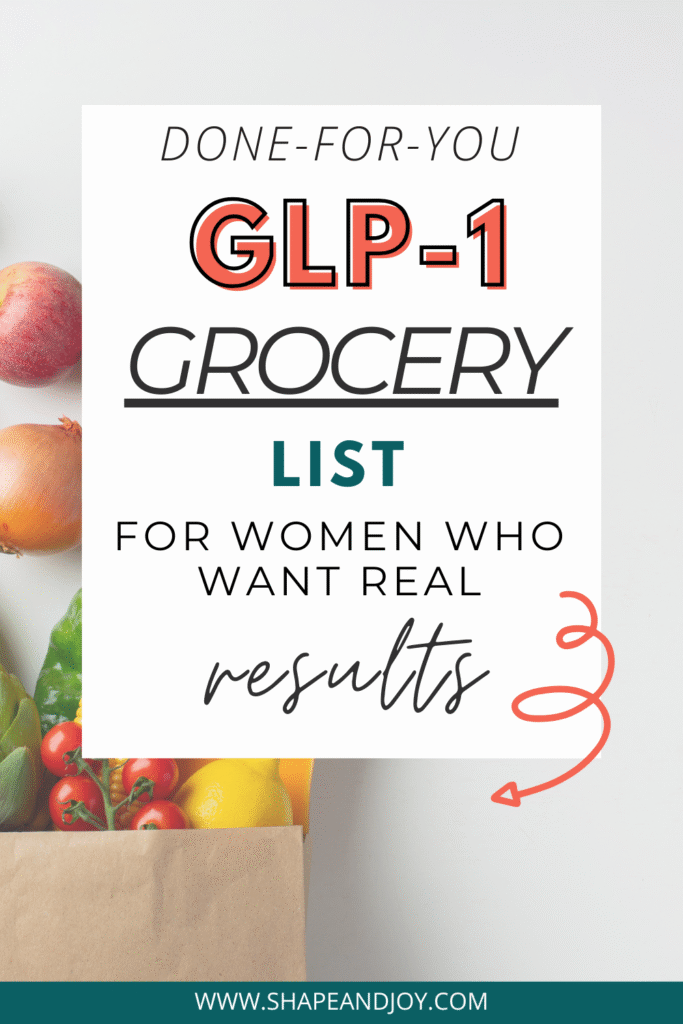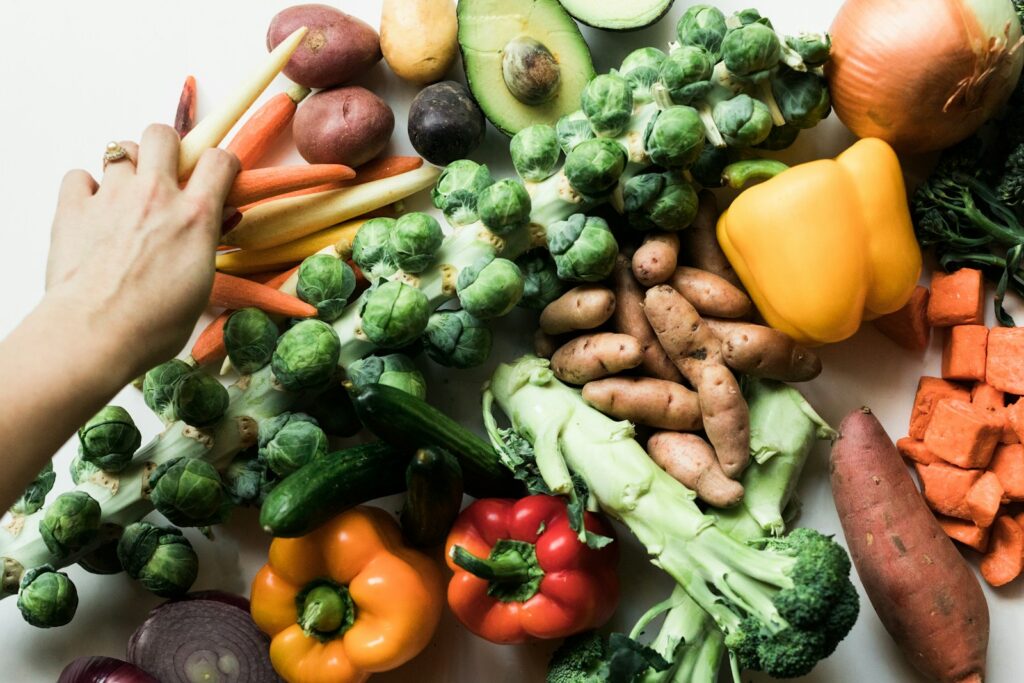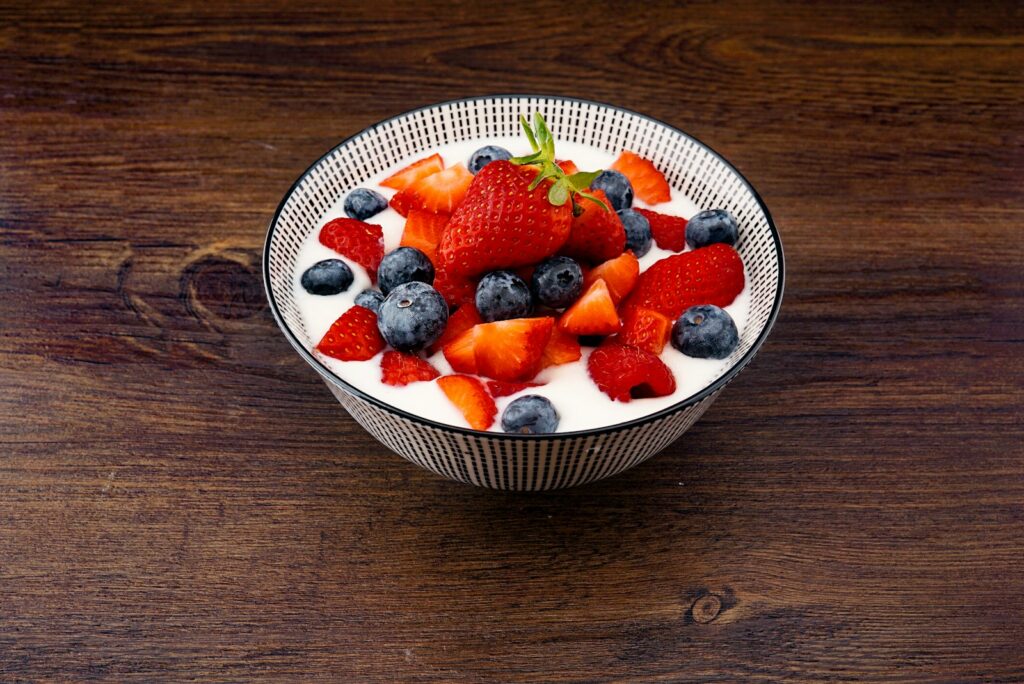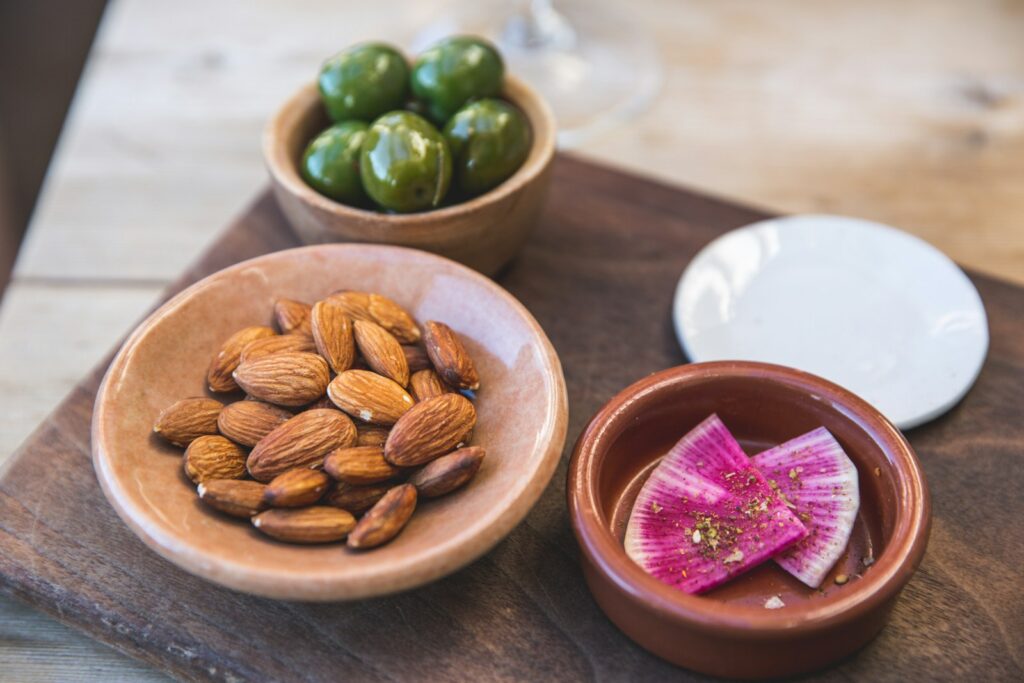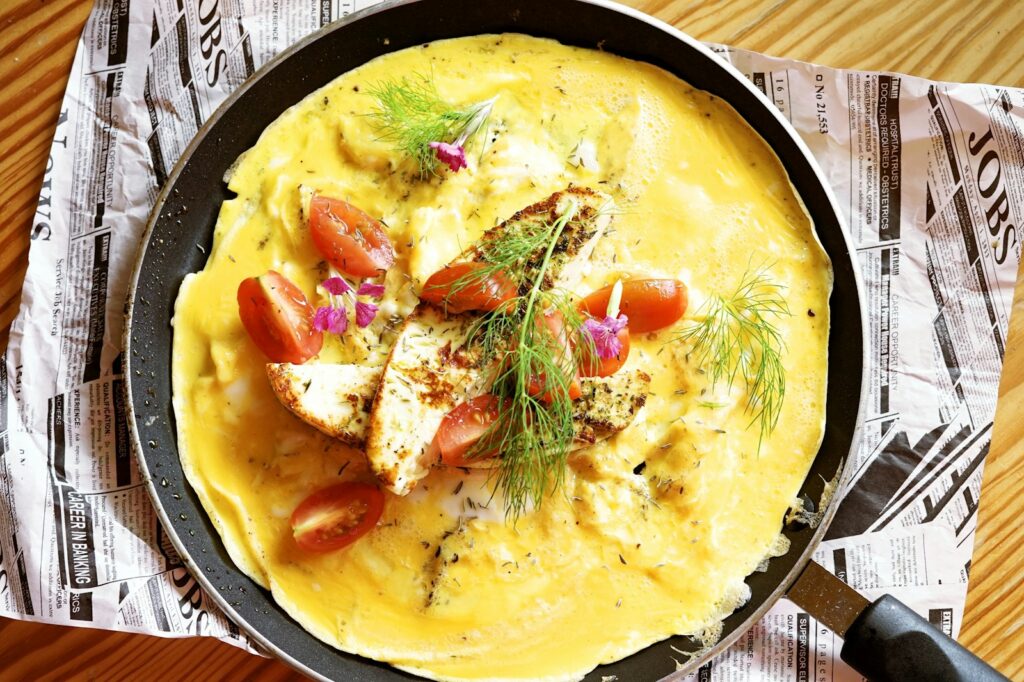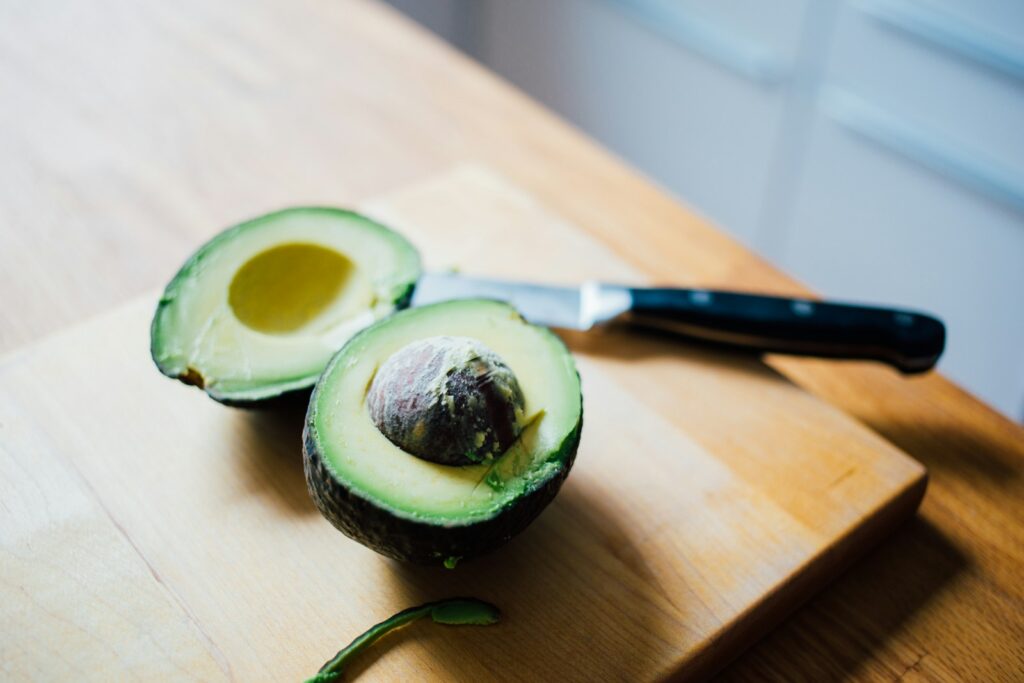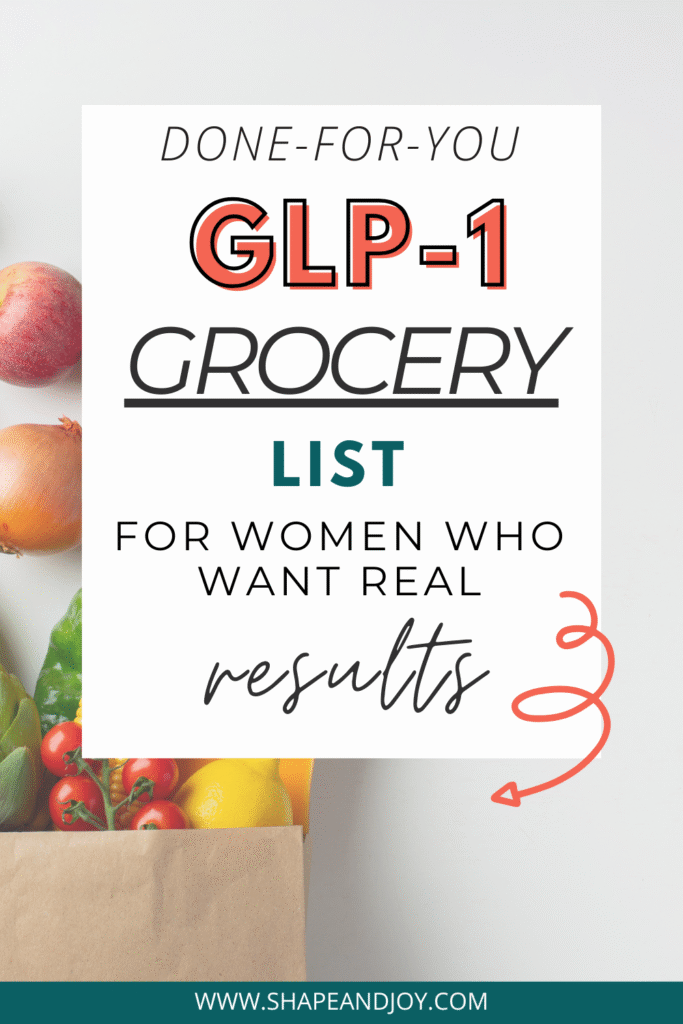Top 7 Superfoods to Boost Metabolism and Burn Fat Fast
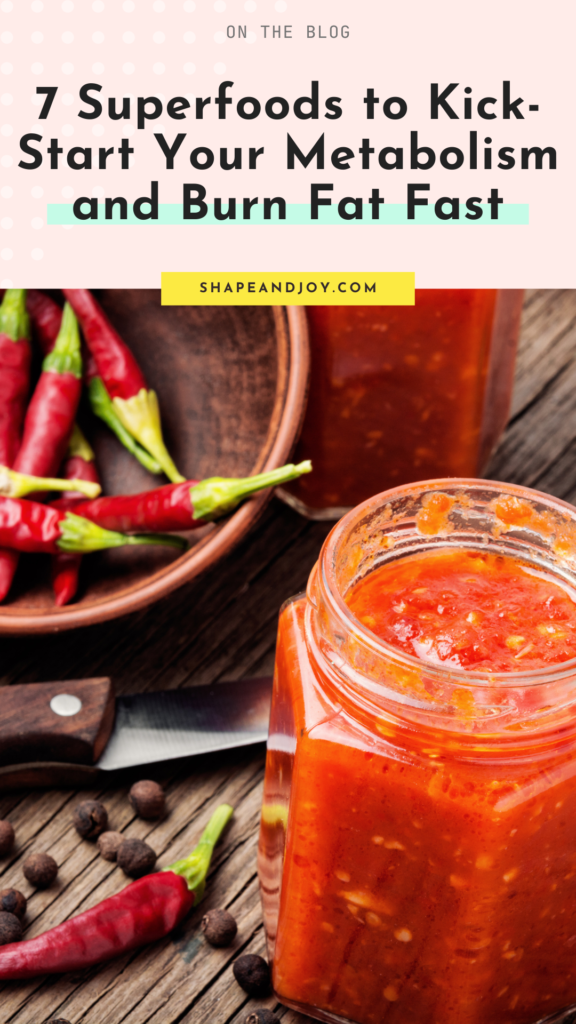
Let’s face it—most of us dream of a way to boost metabolism to help with energy, fat burning, and maybe even tackling that stubborn belly pooch.
The good news?
You don’t need extreme diets or magic pills. The secret to a metabolic reset lies in metabolism boosting foods, especially when combined with smart movement and meal planning.
In this post, we’ll cover:
- How to boost your metabolism with the right meals and food combinations.
- The science behind fat burning foods and how they help curb cravings.
- A list of the top metabolism boosting superfoods for women.
- Easy tips to create metabolism boosting recipes you’ll love.
- A game-changing tool to personalise your approach (hint: it’s like having a coach in your pocket).
How to Kick-Start Your Metabolism (and Why Muscle Matters)
Metabolism isn’t just about burning calories; it’s how your body turns food into energy. Your Total Daily Energy Expenditure (TDEE) is made up of three parts:
- Basal Metabolic Rate (BMR): The calories your body burns at rest (keeping your heart pumping, brain ticking, and lungs breathing).
- Thermic Effect of Food (TEF): Calories burned digesting meals. Protein-packed foods have the highest thermic effect, making them top-notch metabolism foods.
- Activity Thermogenesis: Calories burned through movement, from workouts to fidgeting.
If you want to speed up metabolism, focus on building muscle, and incorporating metabolic boosting foods into your meals.
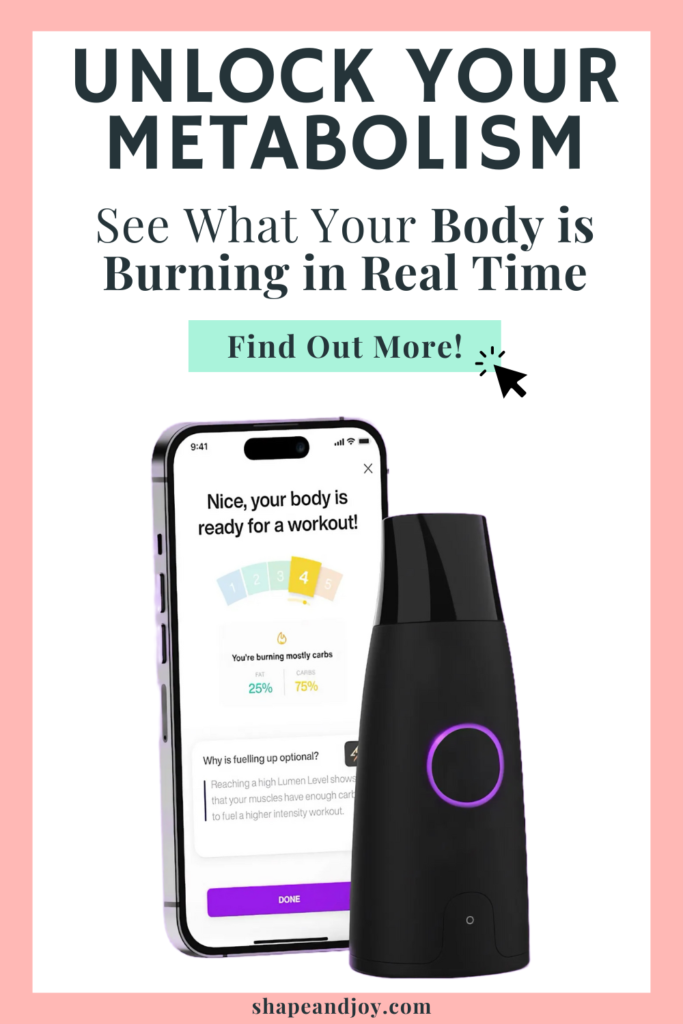
The Top 7 Superfoods for Metabolism and Fat Burning
Here’s the truth: while no food will magically melt away fat or permanently rev your metabolism, certain metabolism boosting foods can give your calorie burn a temporary lift.
They work by enhancing digestion (hello, thermic effect of food) or providing nutrients that support overall metabolic health.
Think of them as a small but mighty team helping you tackle fat burning and energy efficiency.
Here’s the ultimate list of superfoods for metabolism that support fat burning and keep your body running like a well-oiled machine:
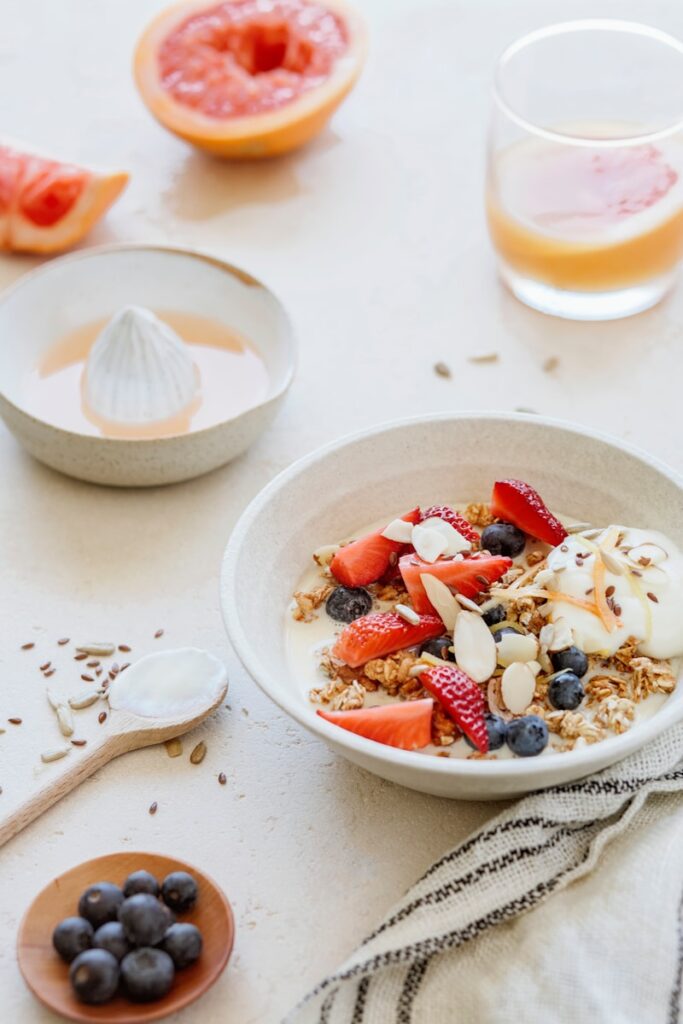
1. Green Tea
A powerhouse among drinks to boost metabolism, green tea is packed with catechins and caffeine, which enhance fat oxidation and calorie burning.
- Why It Works: A meta-analysis in Obesity Reviews found green tea increases energy expenditure by about 4%.
If you’re thinking about getting into matcha, this Jade Leaf Matcha Ceremony Kit is such a good shout. It’s got everything you need—ceremonial-grade matcha (the really good stuff), a whisk, and all the bits to make a proper cup at home. The matcha is super smooth, not bitter, and honestly feels like such a treat every morning.
2. Chilli Peppers
These fiery gems contain capsaicin, a compound that raises body temperature and temporarily increases calorie burn.
- Why It Works: Studies show capsaicin can burn an extra 50 calories a day and help reduce appetite.
- How to Use It: Sprinkle chilli flakes on roasted veggies or add to any of your favourite meals.
3. Protein-Rich Foods (Like Eggs)
Protein is the ultimate metabolism booster, with the highest thermic effect of any macronutrient. It’s essential for muscle building and maintaining a high metabolism.
- Why It Works: Protein increases TEF by 15–30%, compared to 5–10% for carbs.
- Meal Idea: Start your day with an omelette loaded with spinach and chilli for a double metabolic boost.
📌 Pin this for later! ⬇
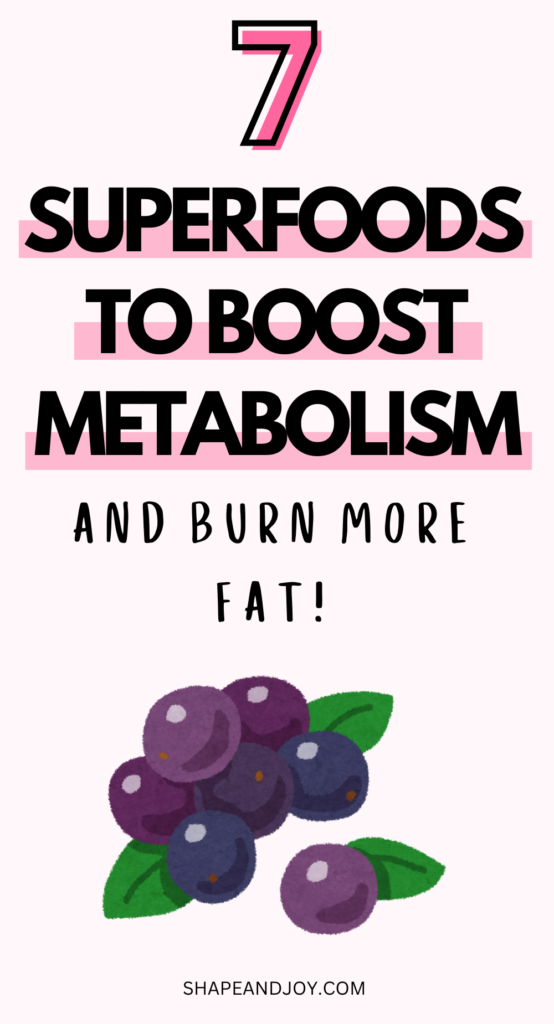
4. Ginger
Ginger isn’t just for tea—it’s a digestion hero and a fantastic way to kick start metabolism.
- Why It Works: Research in Metabolism found ginger enhances thermogenesis and helps curb cravings.
- Boost Recipes Idea: Add fresh ginger to smoothies or try a warm ginger and lemon drink.
5. Oats
Oats are a slow-burning carb that stabilises blood sugar and fuels your metabolism for hours.
- Why It Works: The soluble fibre in oats supports metabolic health and insulin sensitivity.
- Metabolism Boosting Recipes Idea: Make overnight oats with berries and a dollop of Greek yoghurt.
Okay, you need these overnight oats jars in your life. They’ve got a lid and even come with a spoon, so you can grab and go without any faff!
6. Spinach (and Other Leafy Greens)
Leafy greens like spinach are rich in magnesium and iron, essential for energy production and overall metabolic health.
- Why It Works: Low iron levels can slow metabolism, making greens a great addition to any metabolic diet meal plan.
- Svelte Recipes Idea: Blend spinach into a smoothie or toss it into a stir-fry.
7. Berries
Berries are low-calorie, high-fibre, and loaded with antioxidants that support fat metabolism and combat oxidative stress.
- Why It Works: Polyphenols in berries help regulate fat metabolism, according to Advances in Nutrition.
- How to Use Them: Add berries to oatmeal, yoghurt, or healthy dessert recipes.

How to Incorporate These Foods Into Your Day
Here’s a quick loss weight meal plan to help you include these superfoods to boost metabolism:
- Breakfast: Porridge with berries and green tea.
- Snack: A boiled egg with chilli flakes.
- Lunch: A spinach and chicken salad with ginger dressing.
- Dinner: A spicy chilli stir-fry with lean protein.
Pair these meals with strength training to build muscle and maximise your calorie burn at rest.
Want to Unlock Your Best Metabolism? Check Out These Must-Read Posts!
Take control of your metabolism, optimise your nutrition, and finally see real results. Whether you’re looking to burn fat, boost energy, or fix a sluggish metabolism, these posts have you covered!
- Reverse Dieting 101: Get the Best Results (With FREE Printable Guide!)
- Is Diet or Exercise More Important for Weight Loss?
- Homeopathic Remedies to Lose Weight: Are You Being Scammed?
- How to Boost Metabolism Naturally as You Age
- Happy Gut, Happy Life: Easy Tips for Gut Healing
- Top 7 Superfoods to Boost Metabolism and Burn Fat Fast
Final Thoughts: Fuel Your Body, Burn Fat Fast
To boost metabolism isn’t about quick fixes—it’s about building habits that last.
By including these metabolism boosting foods and drinks in your diet, you’ll naturally support fat burning, energy, and metabolic health.
Combine that with strength training and smart tools like Lumen, and you’ll be on your way to a stronger, healthier you.
Now, go on and give these superfoods for metabolism a try—you’ve got this!
📌 Pin this for later! ⬇
